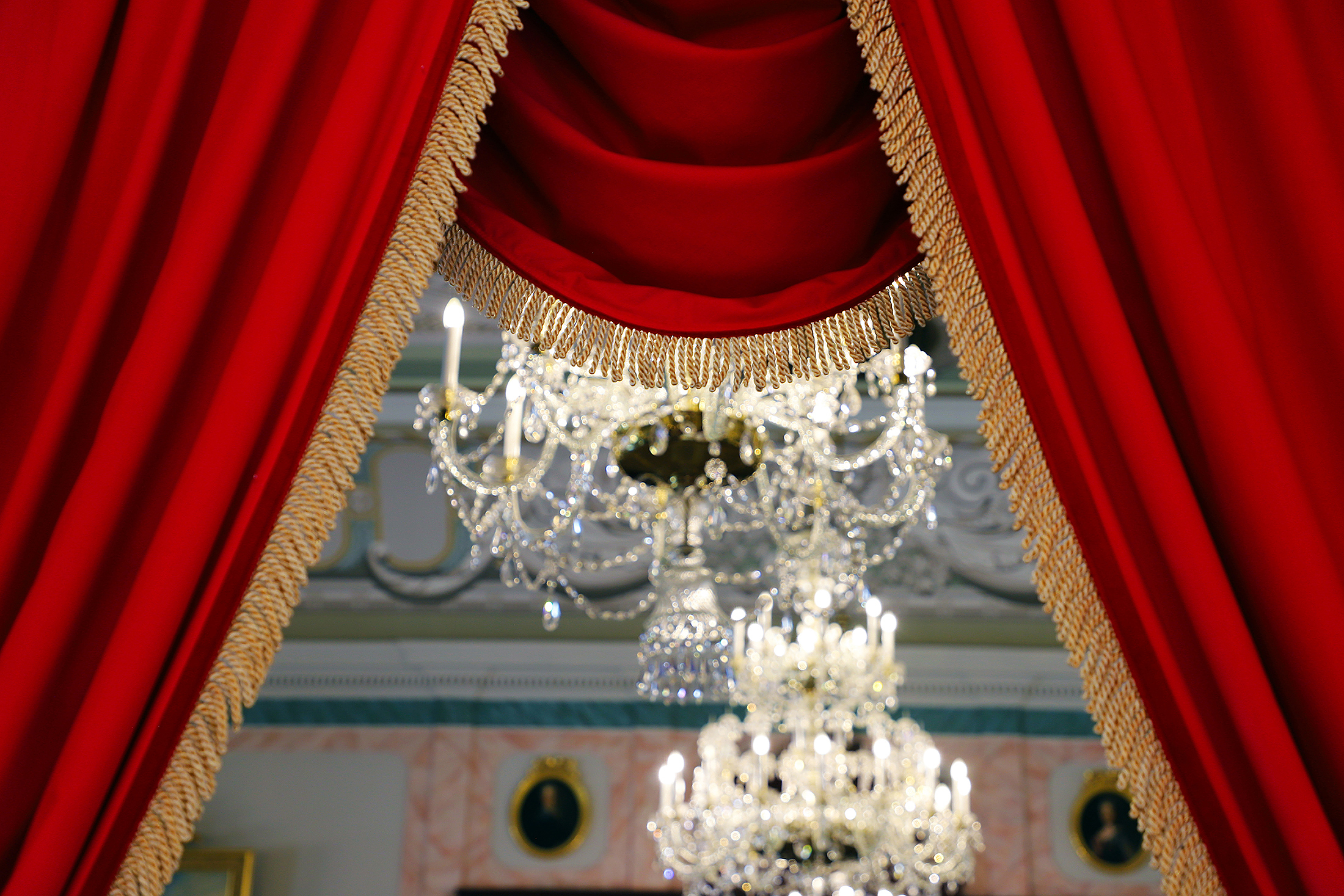
Roze
In a bend in the Gauja river, outside the sleepy village of Skaļupes, a once top-secret nuclear bunker for the Soviet leadership lies buried beneath the ground. >>>>Ten meters down, a hidden complex sprawls across two square kilometres of subterranean tunnelling. Built in the 1980s, with its own electricity station, oxygen supply, diesel reservoirs and bore holes, it was built to ensure their survival for at least 90 days of nuclear winter. >>>>Behind an anonymous door I descended seven flights of stairs and stooped through the steel airlock, smelling the damp and feeling the sunless cold. I wondered through neon corridors, peering in on engine rooms, sterile canteens, KGB intelligence cells and faded leather and Lenin busts in the leadership suites. >>>>I tried to imagine Latvia coming back to such a brink. With the Russian invasion of Ukraine, drone incursions over the Baltics and submarine sabotage in the north seas, alarmingly, it wasn’t hard to imagine.
In a bend in the Gauja river, outside the sleepy village of Skaļupes, a once top-secret nuclear bunker for the Soviet leadership lies buried beneath the ground. >>>>Ten meters down, a hidden complex sprawls across two square kilometres of subterranean tunnelling. Built in the 1980s, with its own electricity station, oxygen supply, diesel reservoirs and bore holes, it was built to ensure their survival for at least 90 days of nuclear winter. >>>>Behind an anonymous door I descended seven flights of stairs and stooped through the steel airlock, smelling the damp and feeling the sunless cold. I wondered through neon corridors, peering in on engine rooms, sterile canteens, KGB intelligence cells and faded leather and Lenin busts in the leadership suites. >>>>I tried to imagine Latvia coming back to such a brink. With the Russian invasion of Ukraine, drone incursions over the Baltics and submarine sabotage in the north seas, alarmingly, it wasn’t hard to imagine.
Latvia


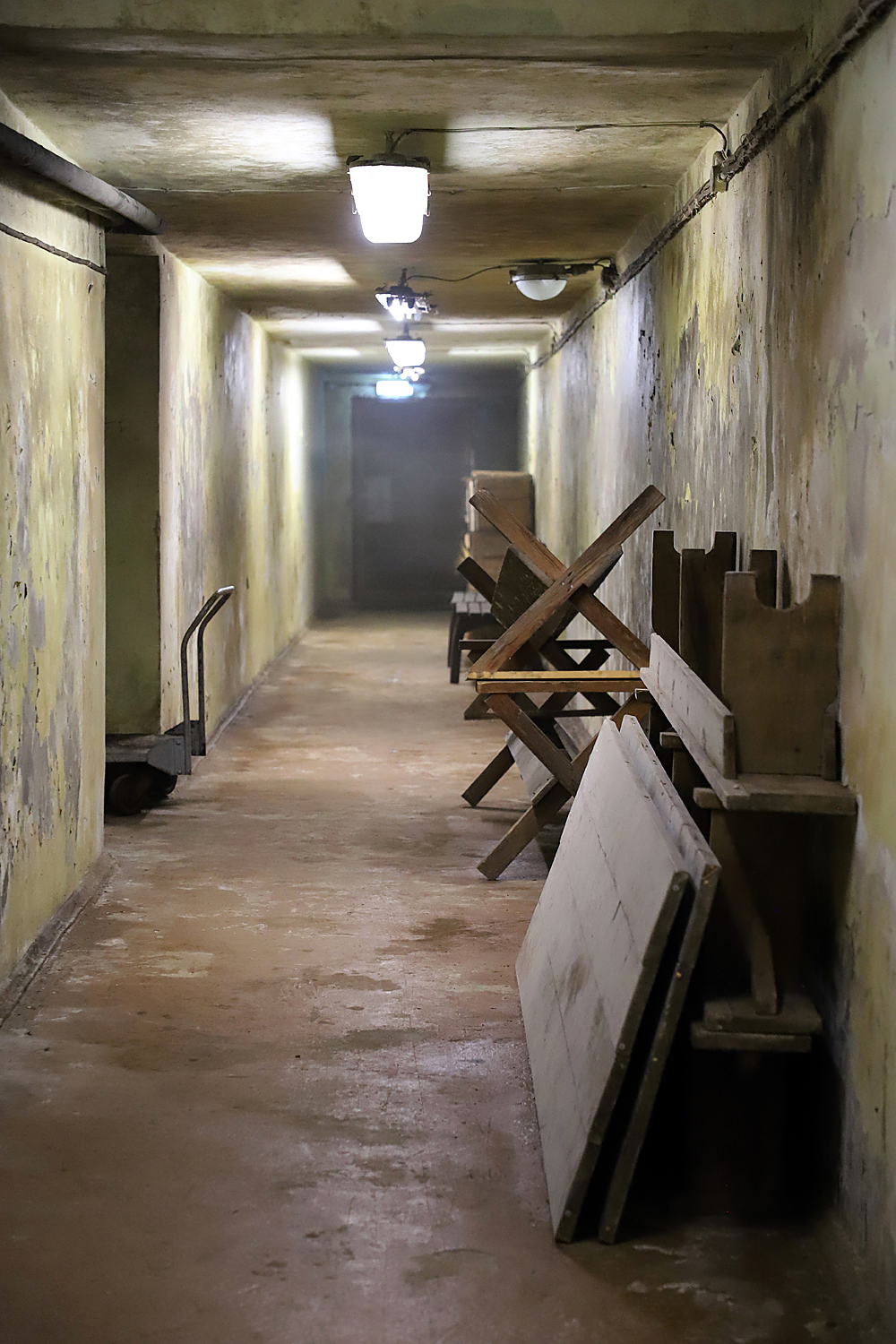



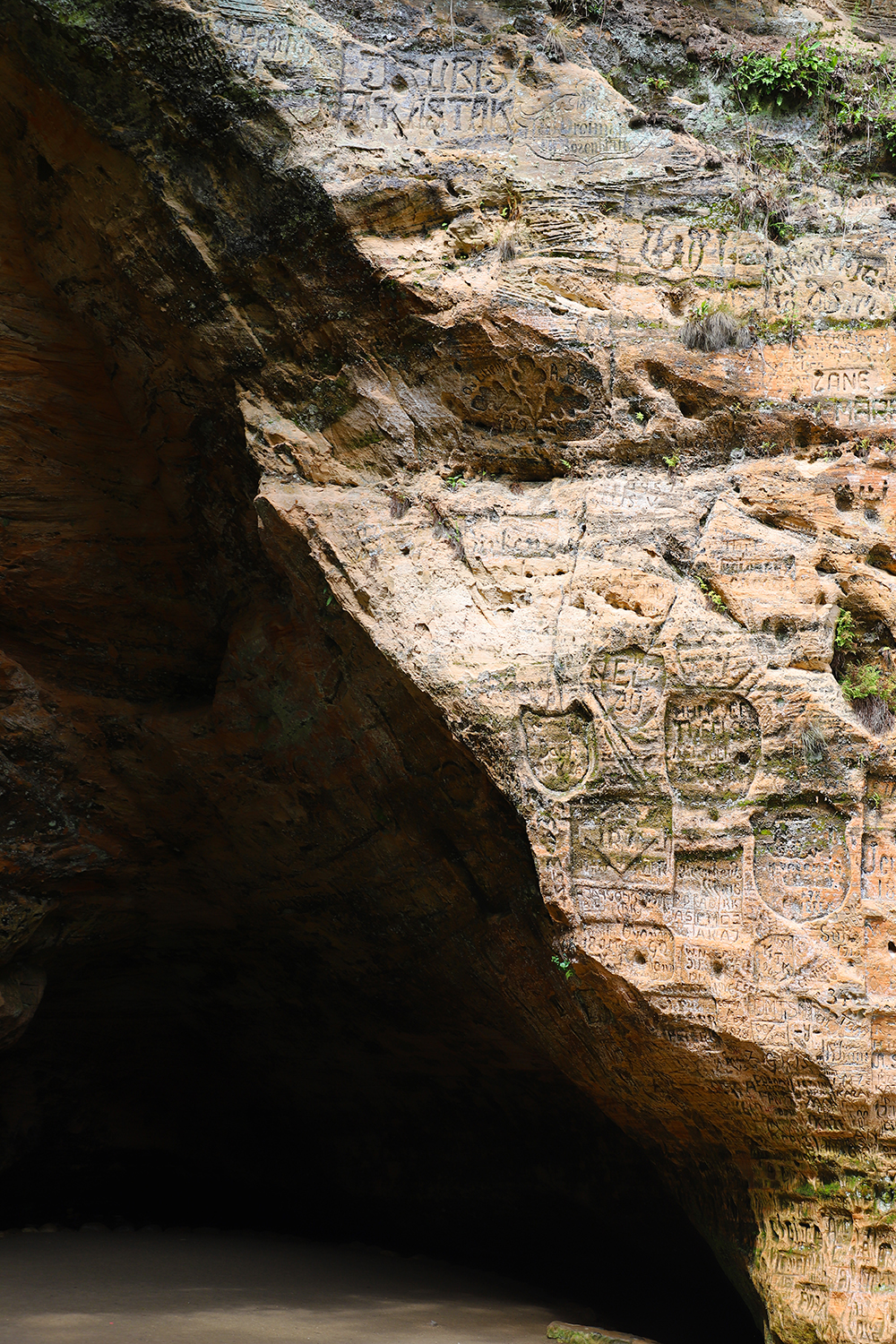
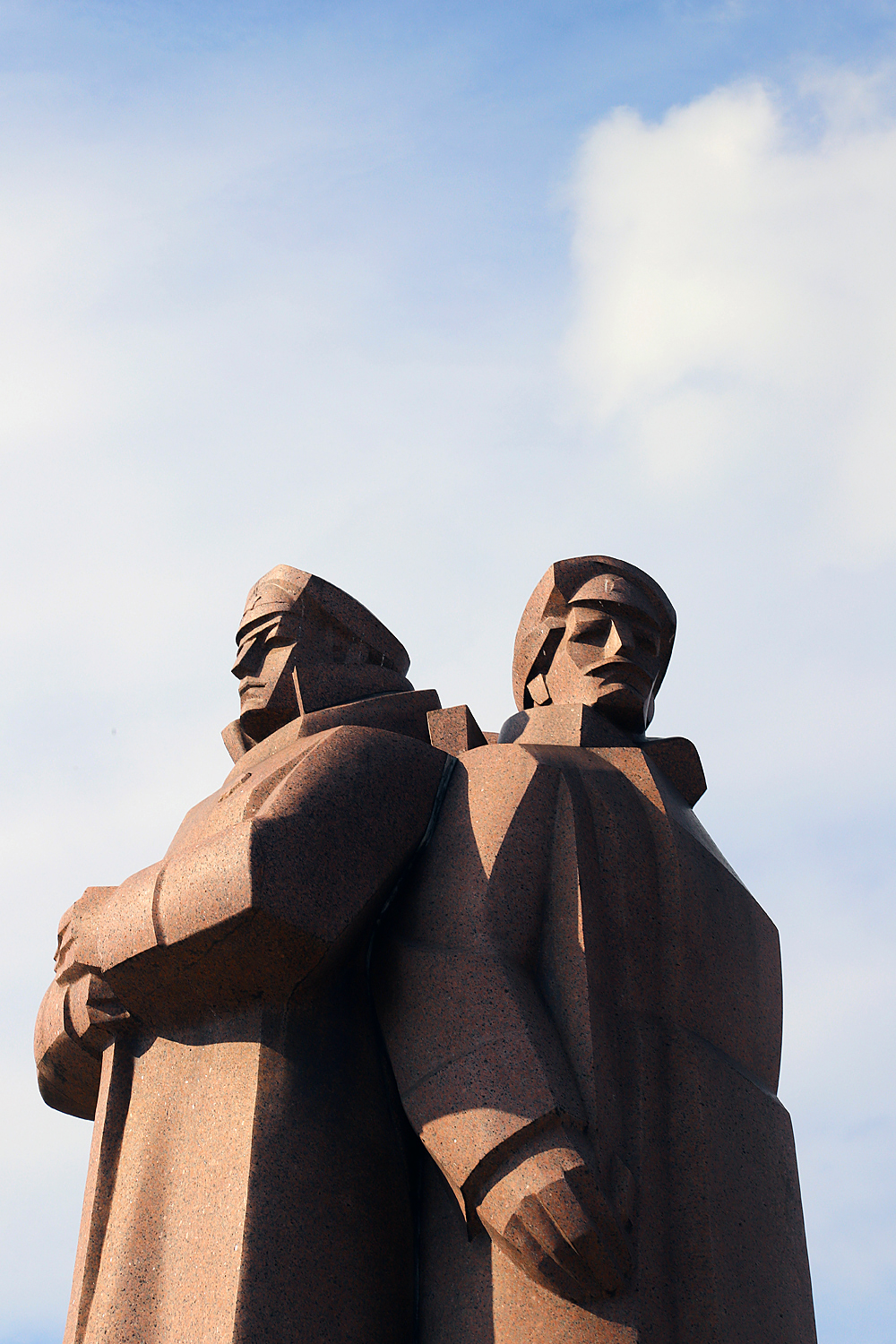


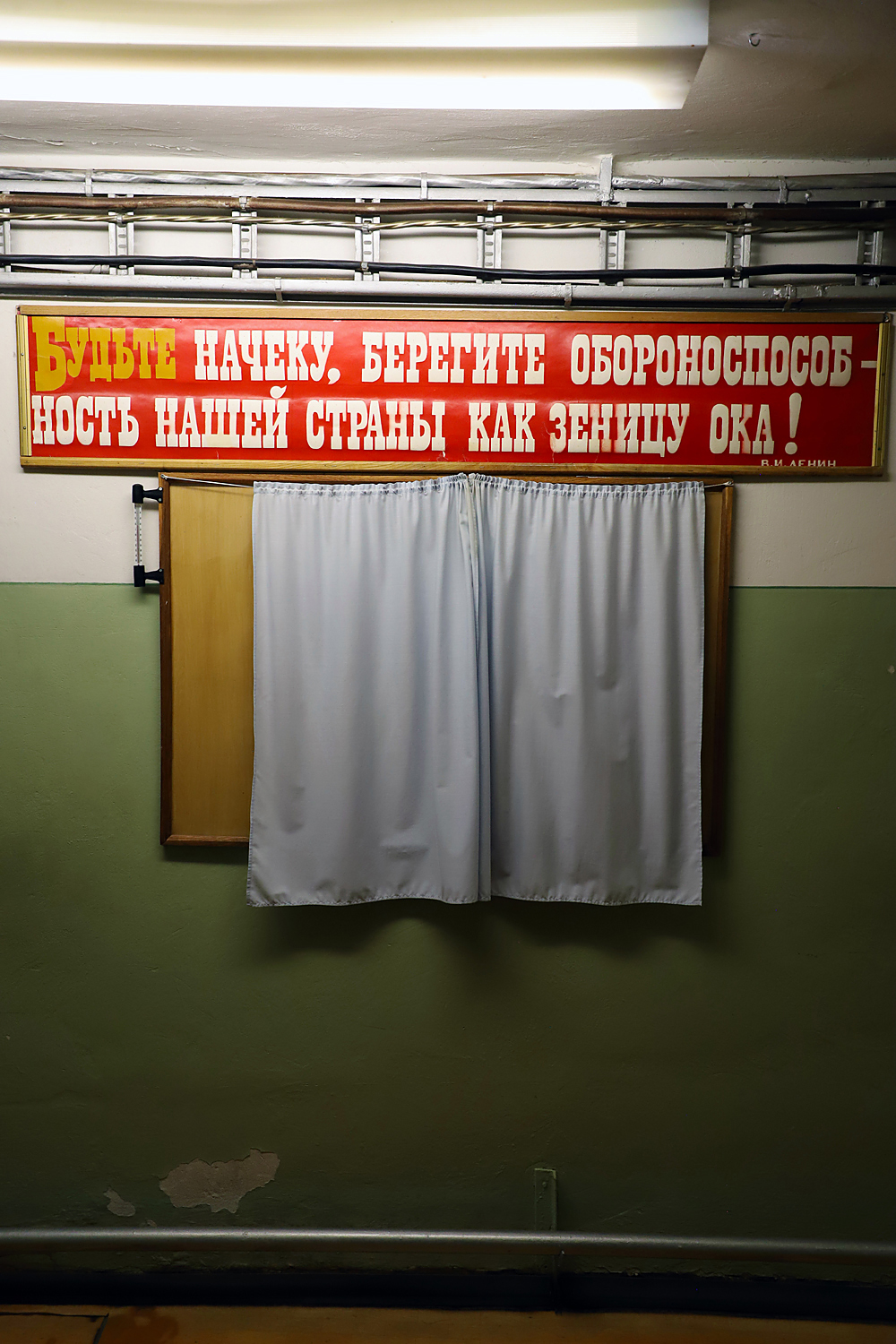

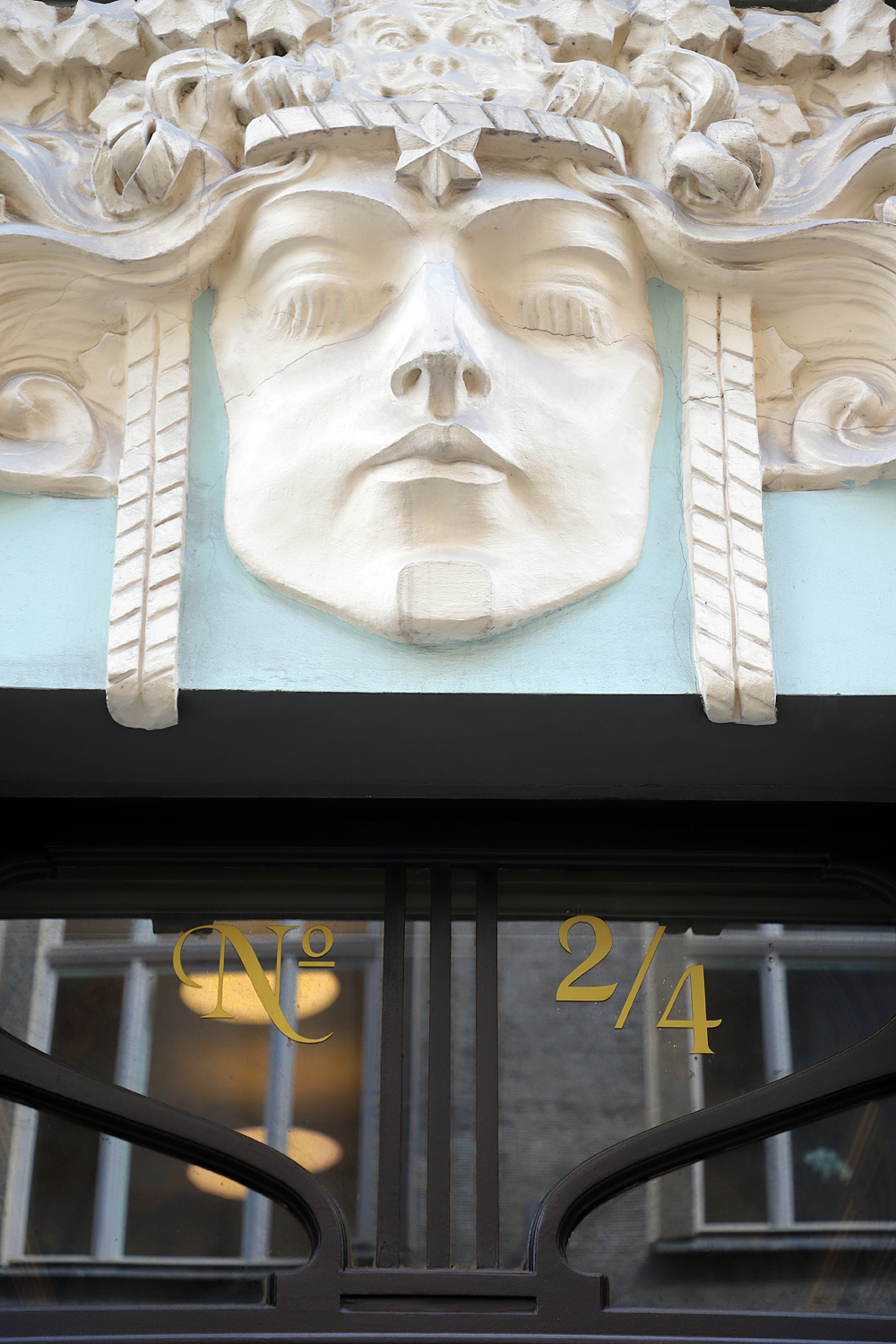




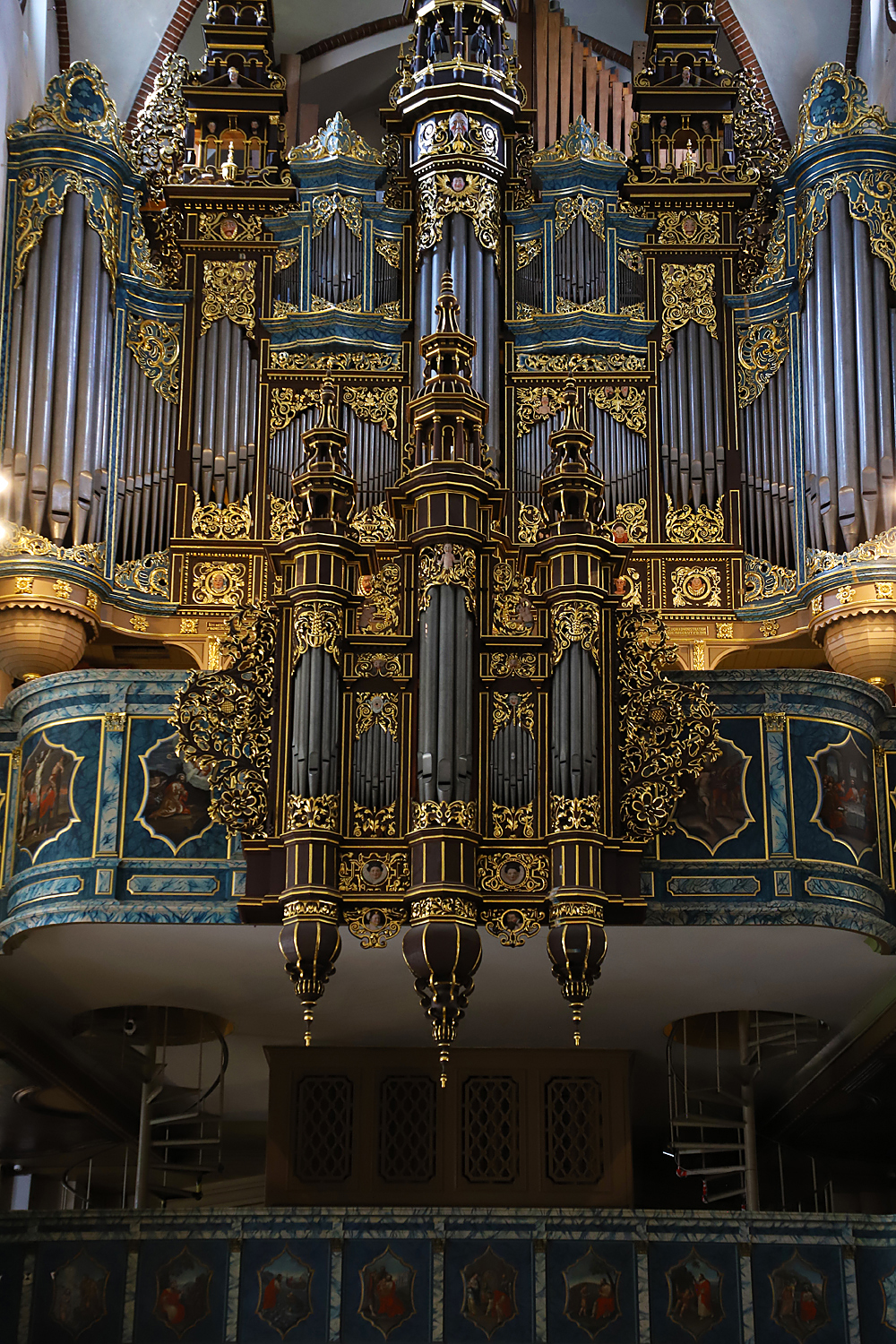
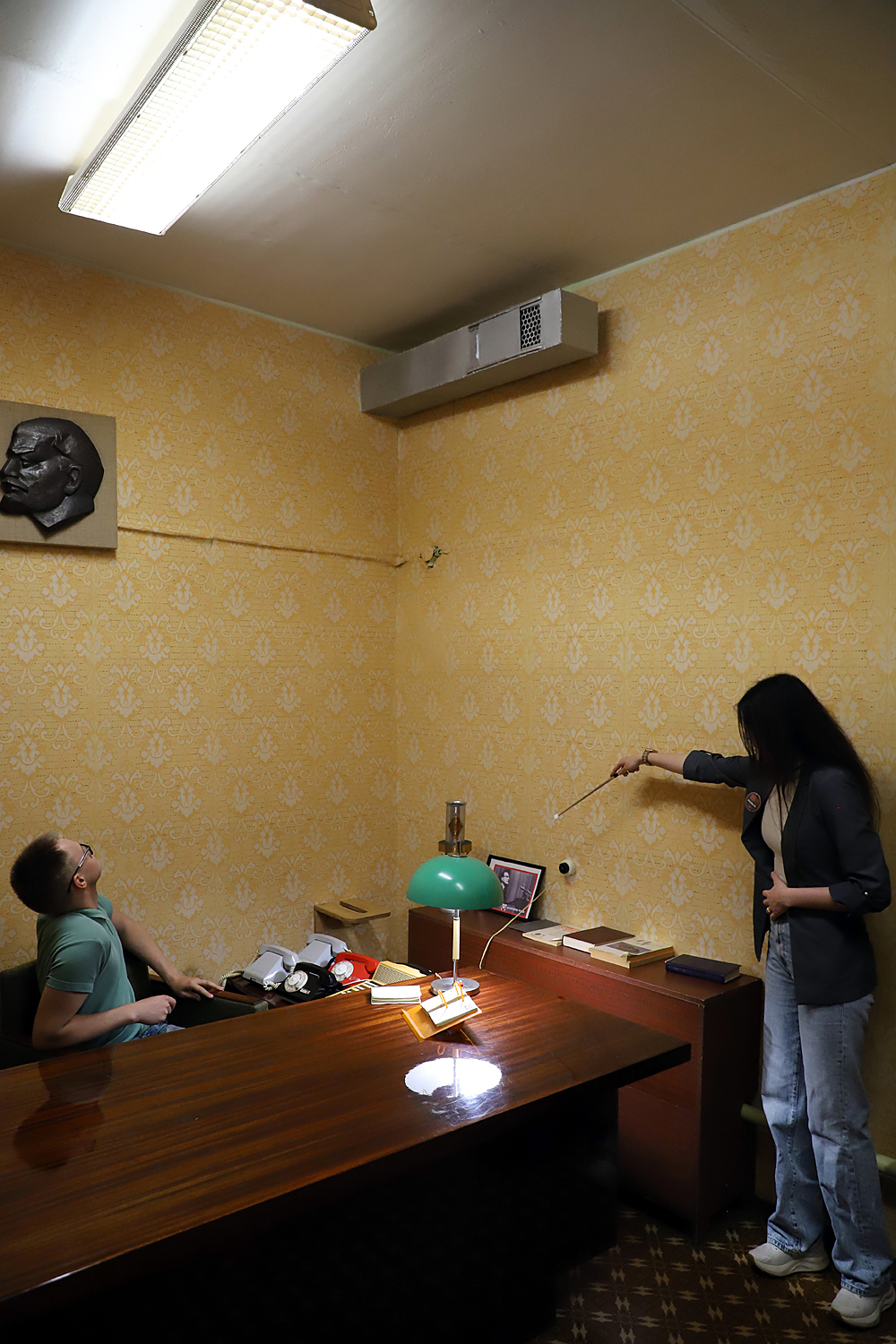





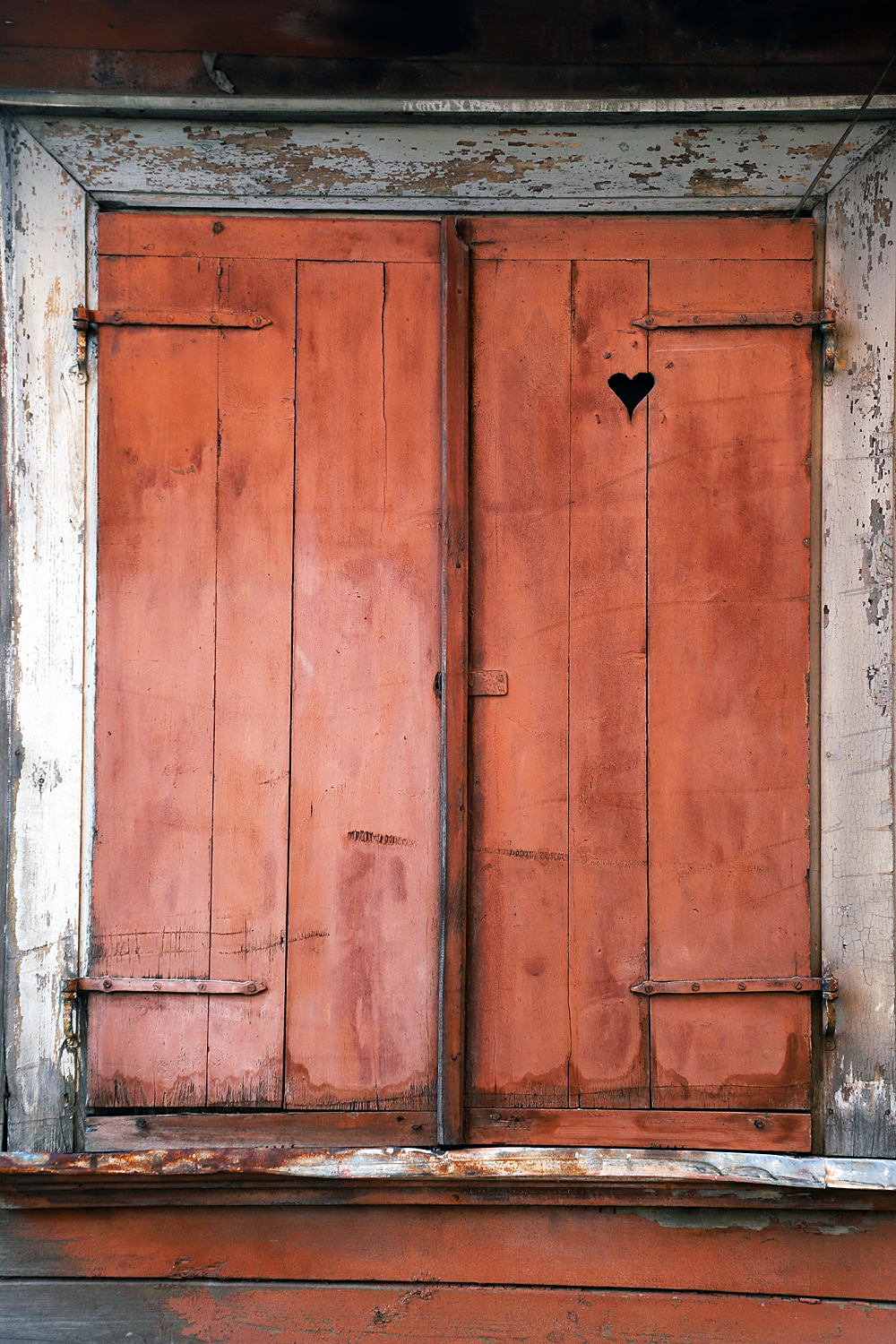


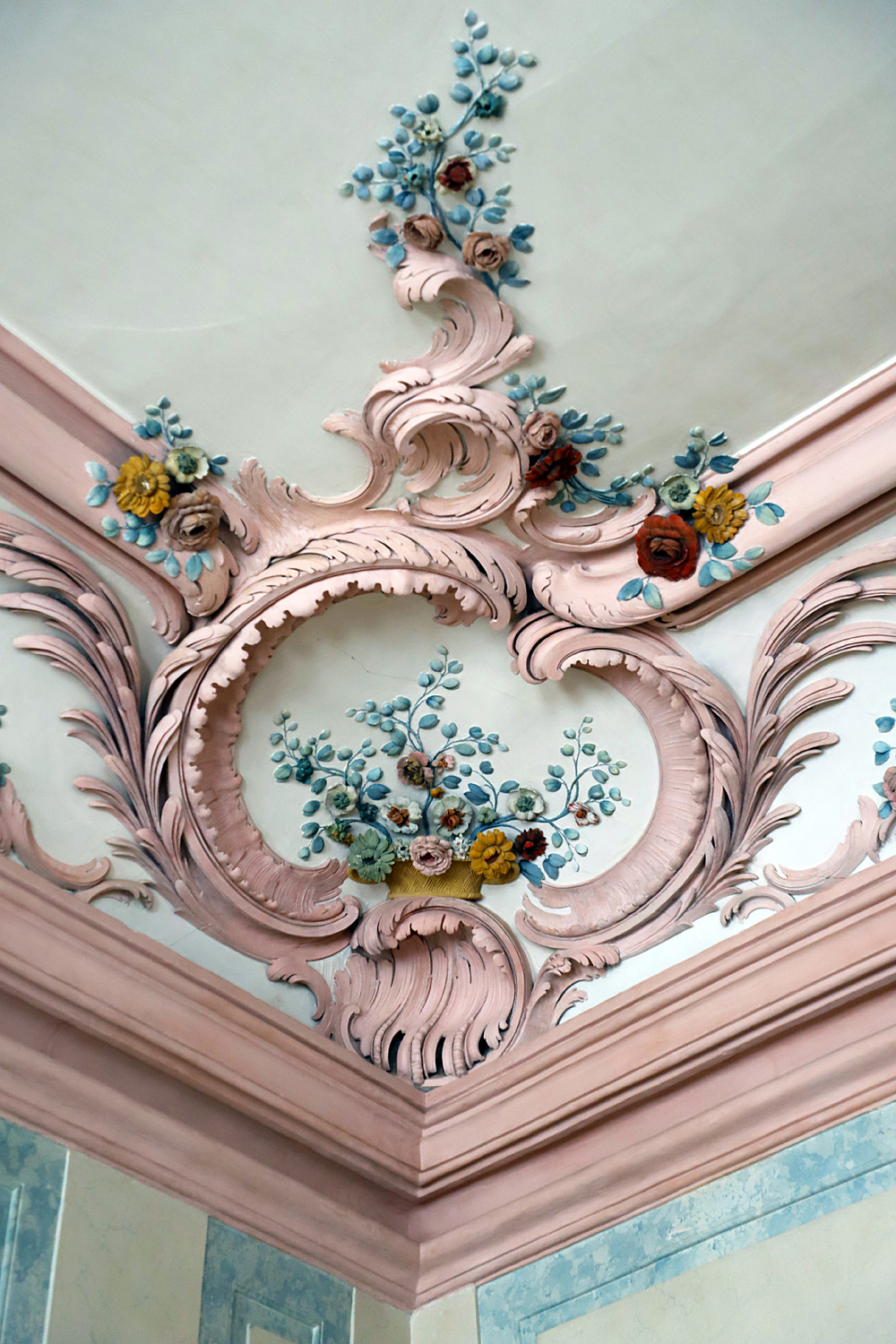
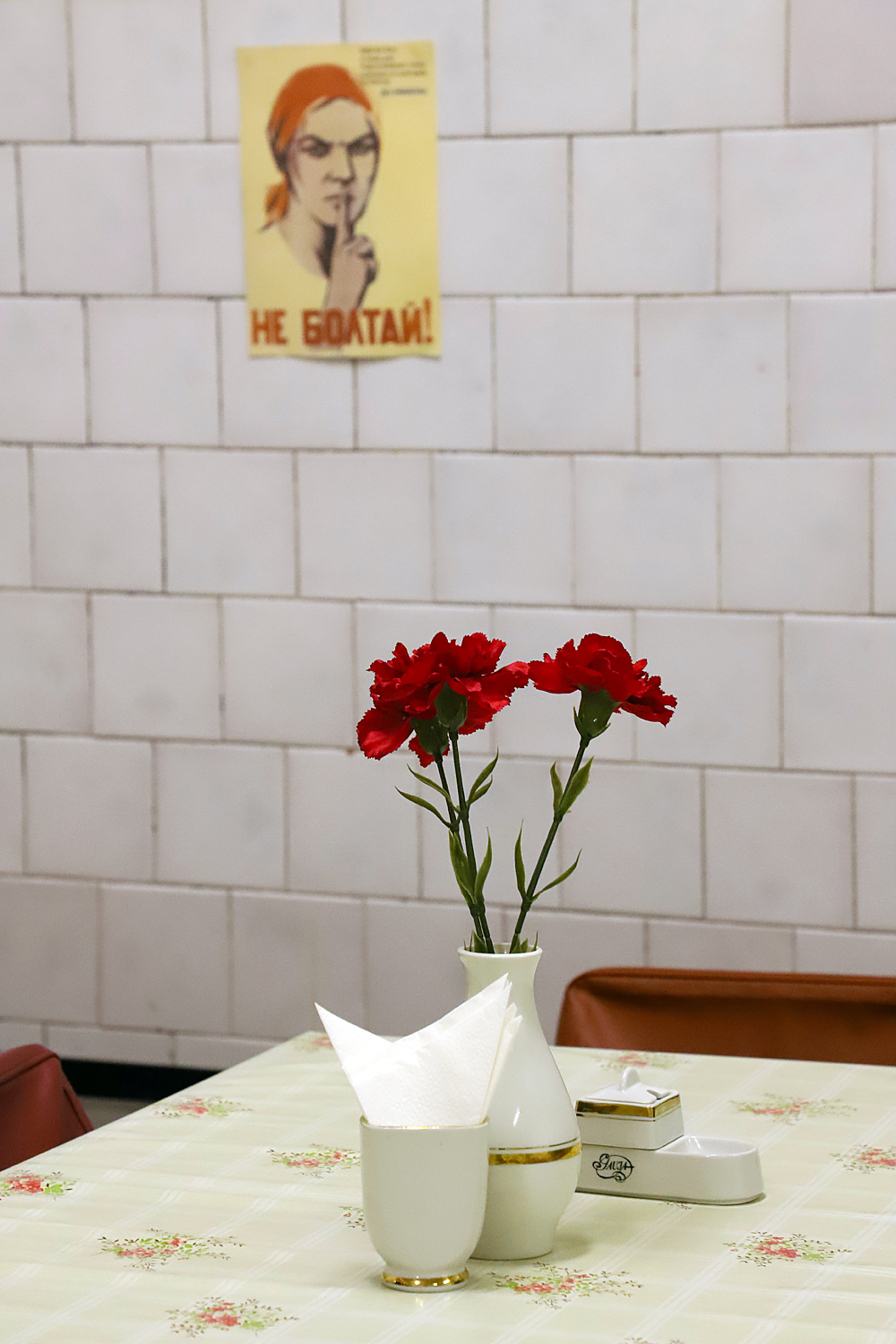
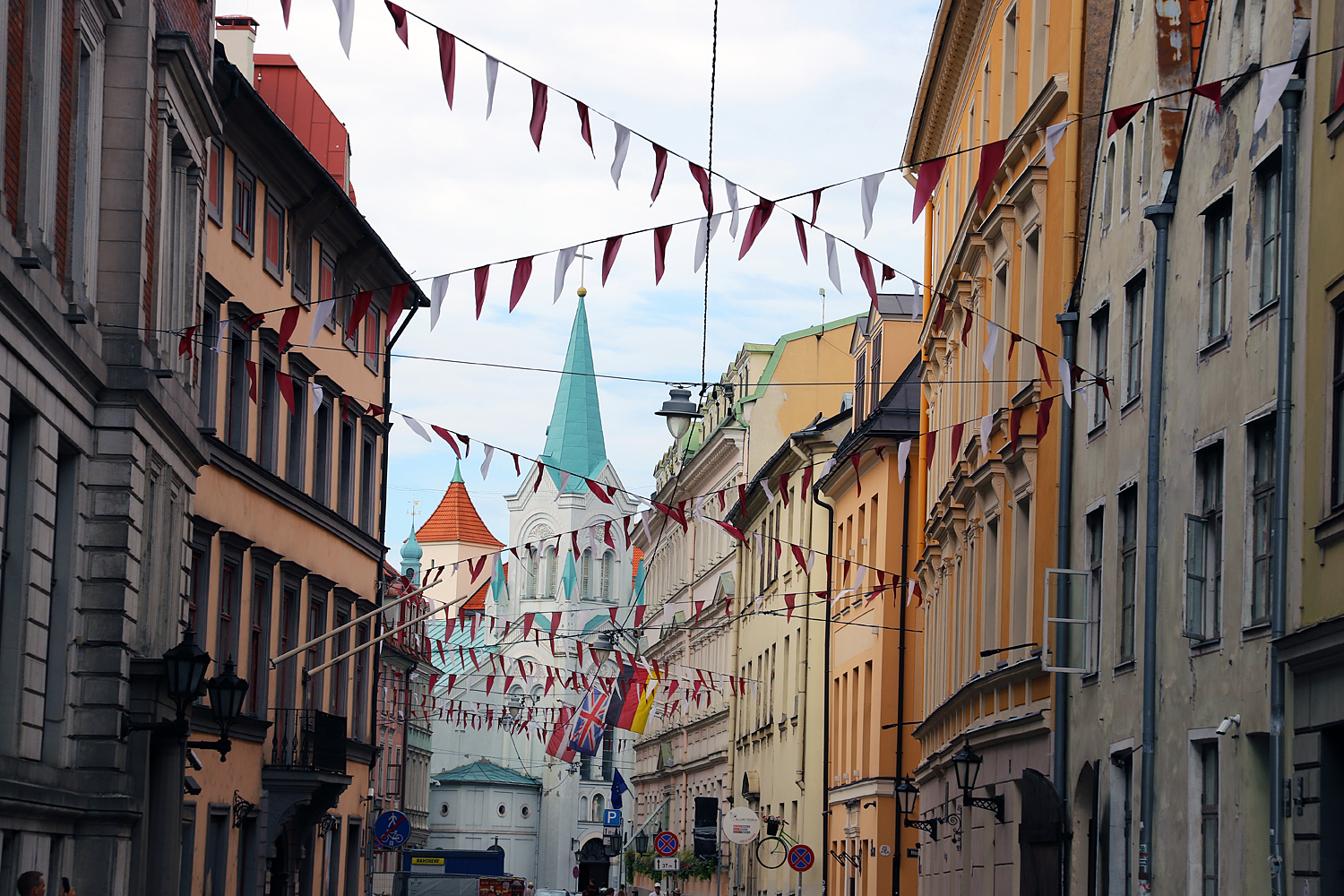
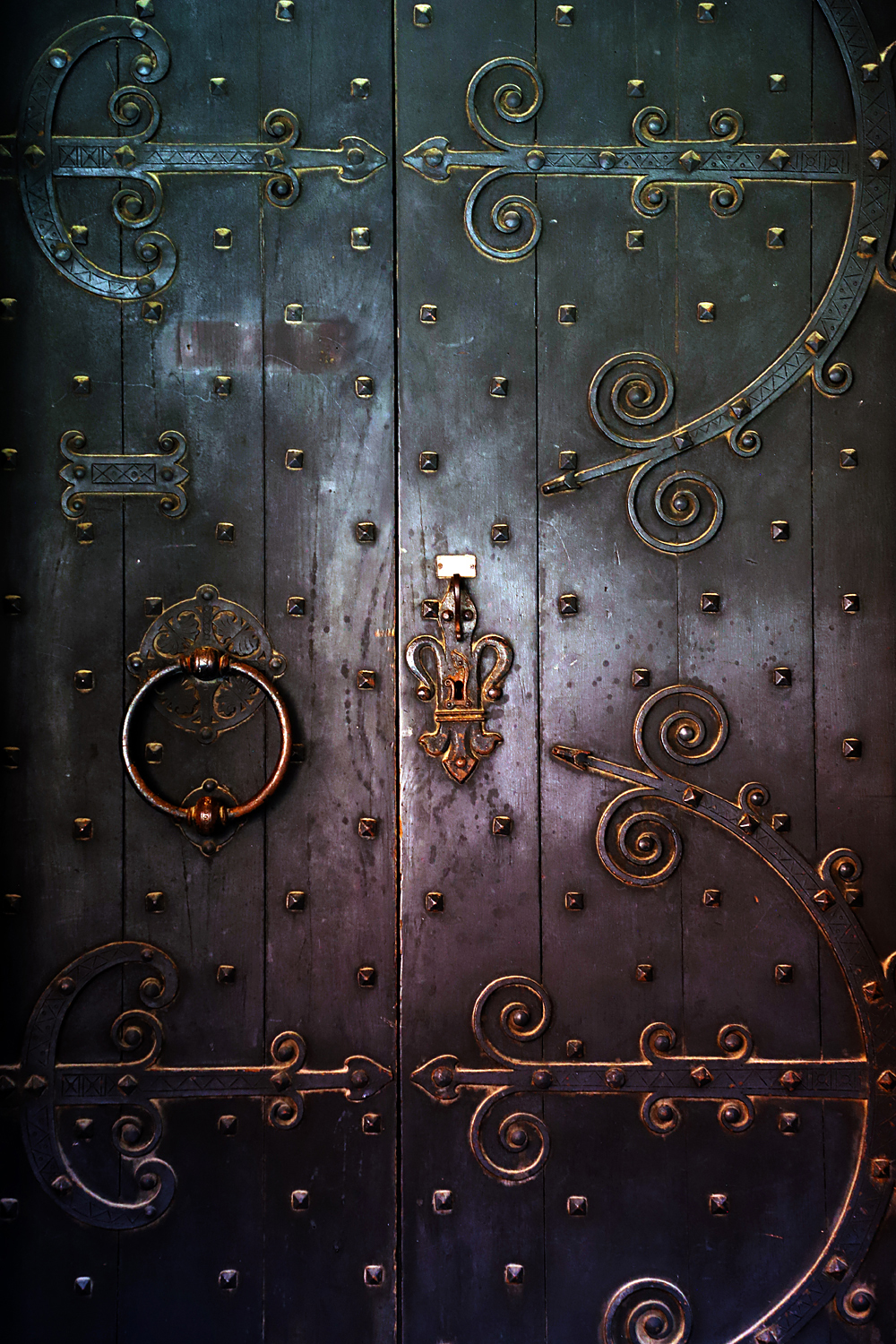
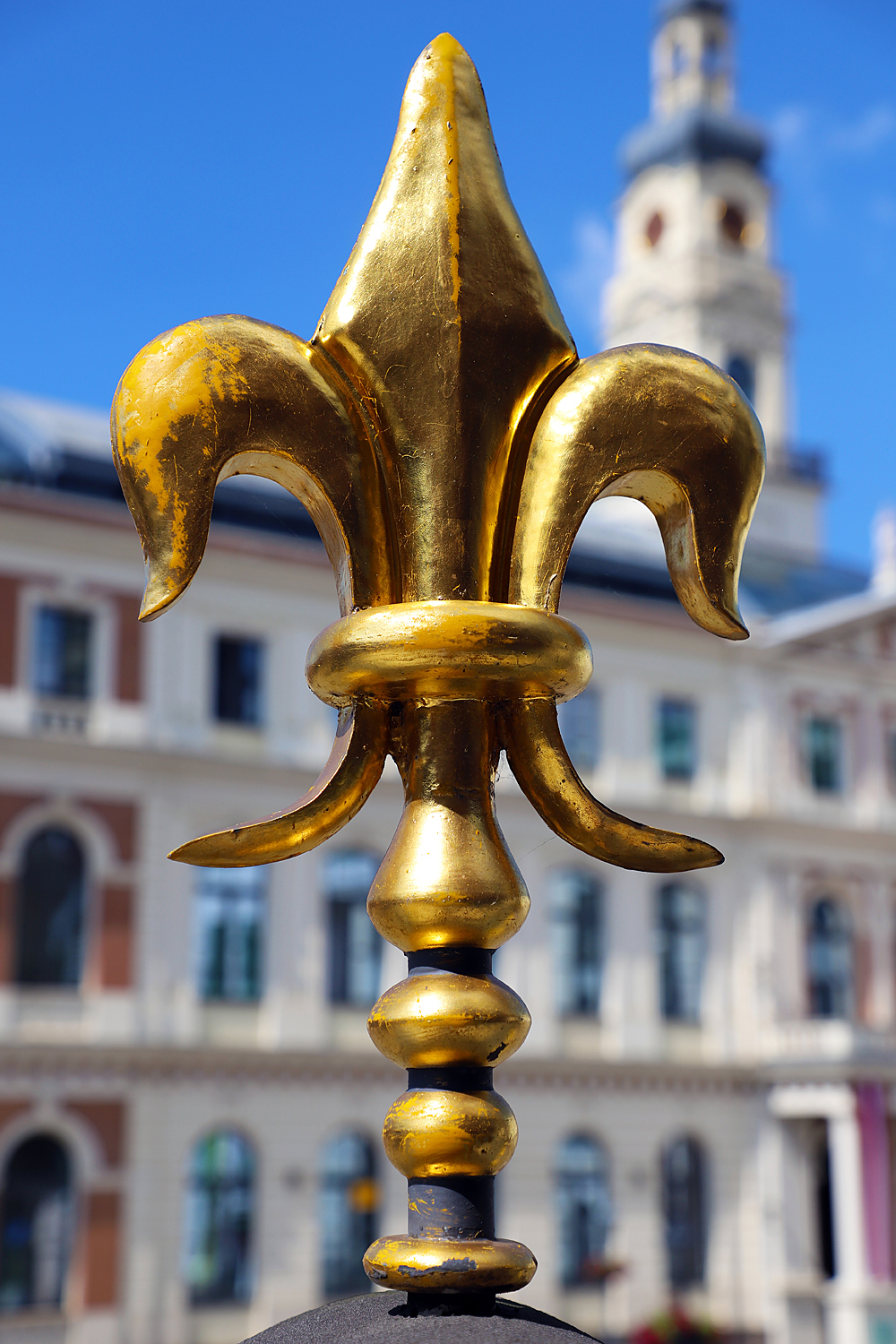
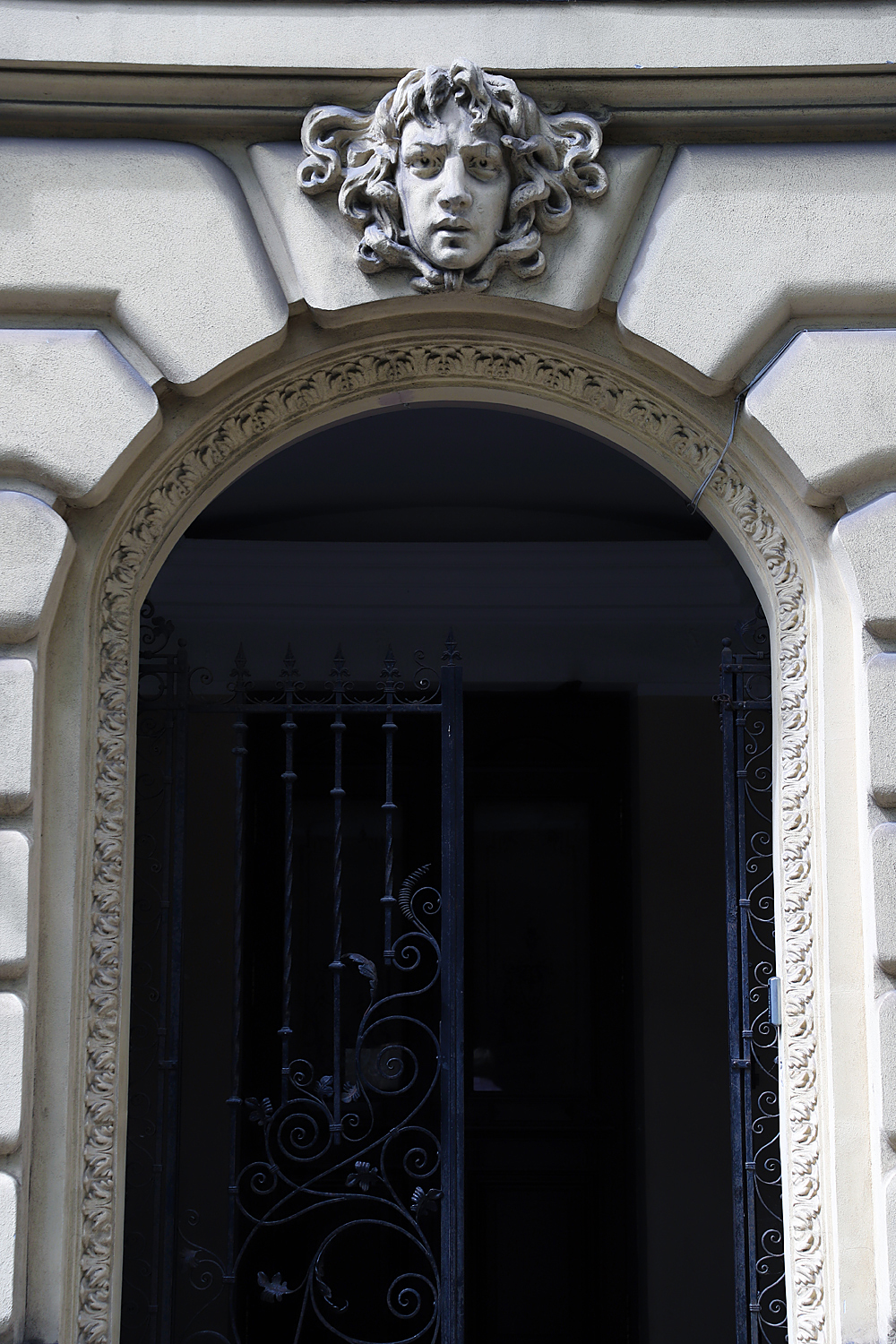
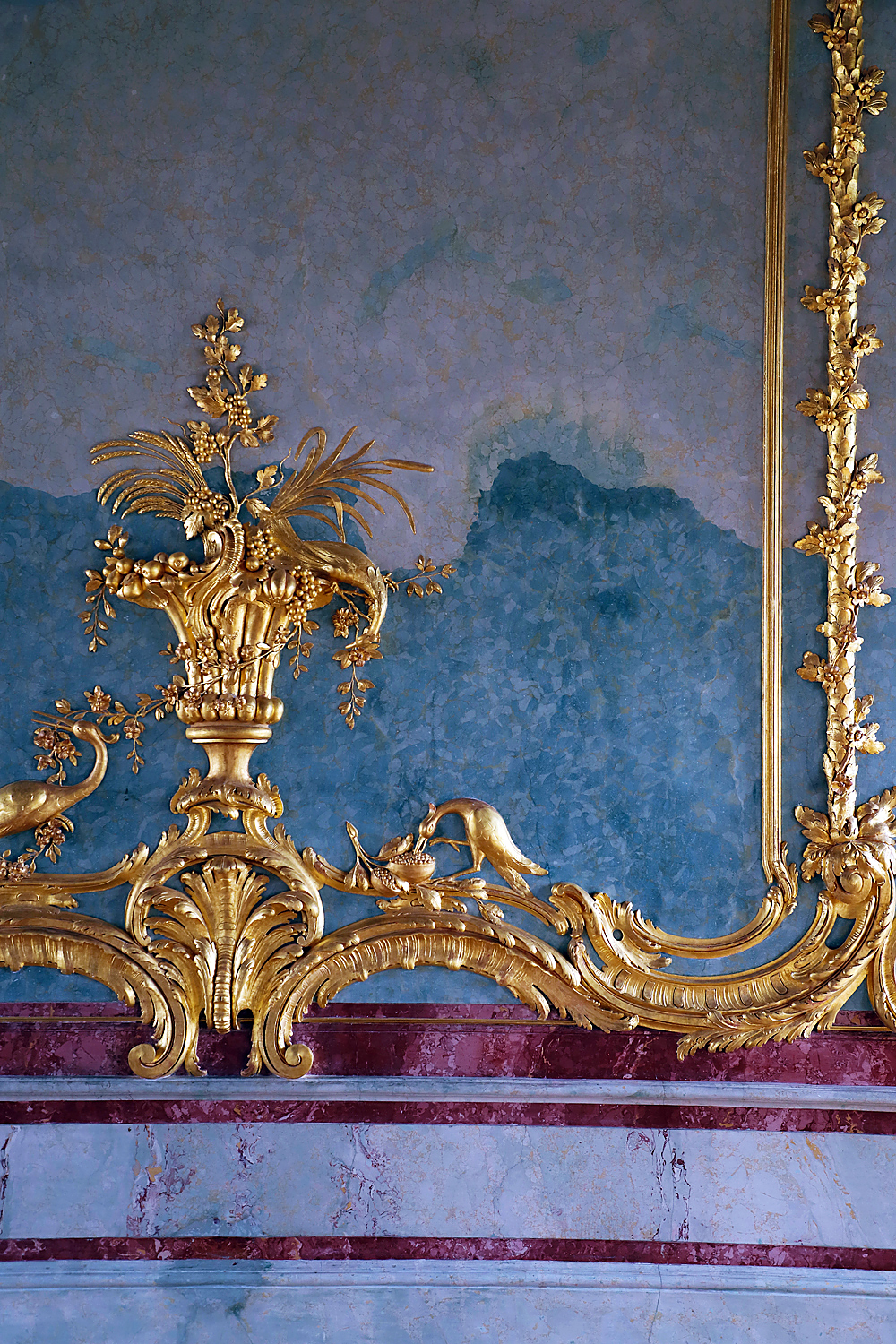

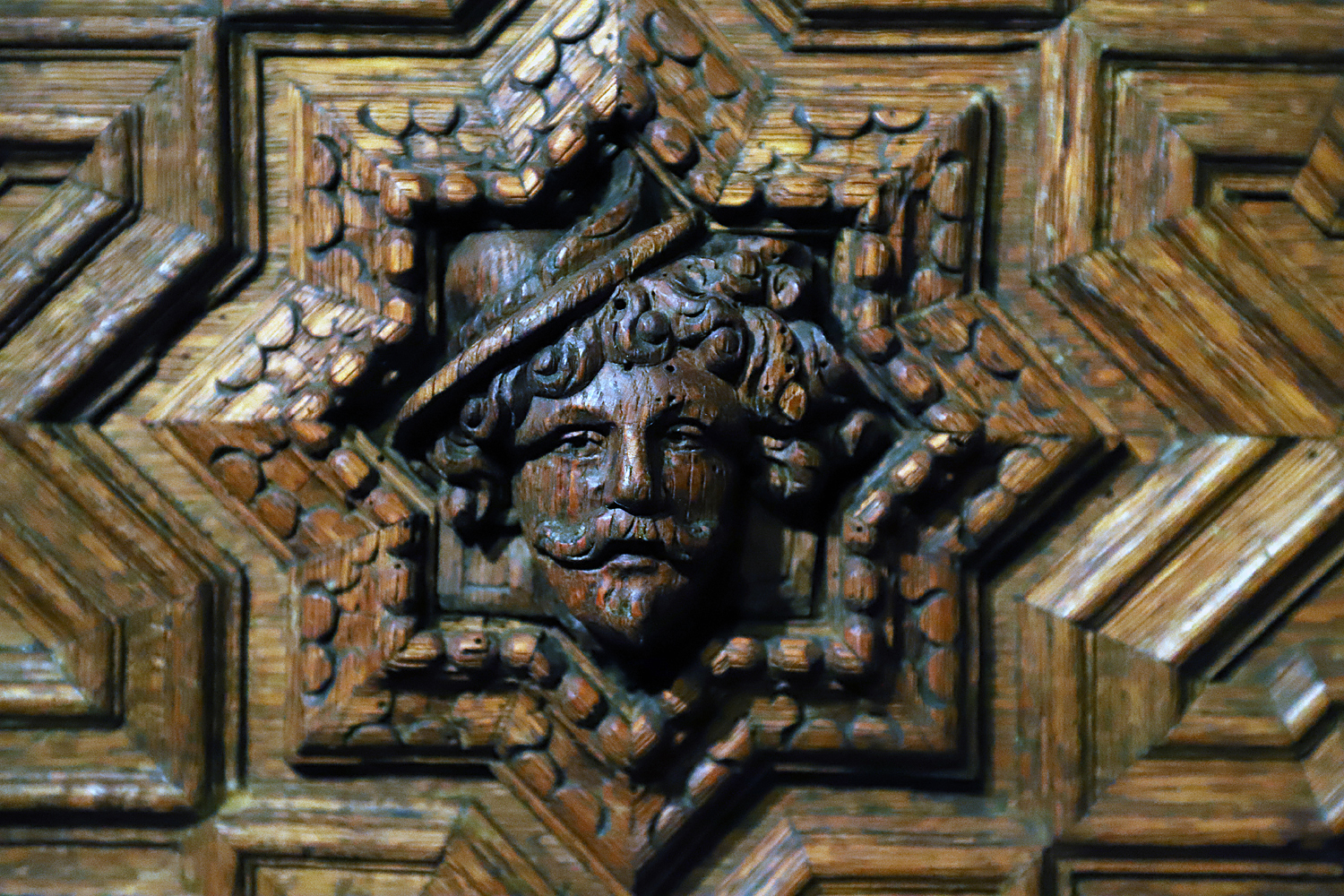
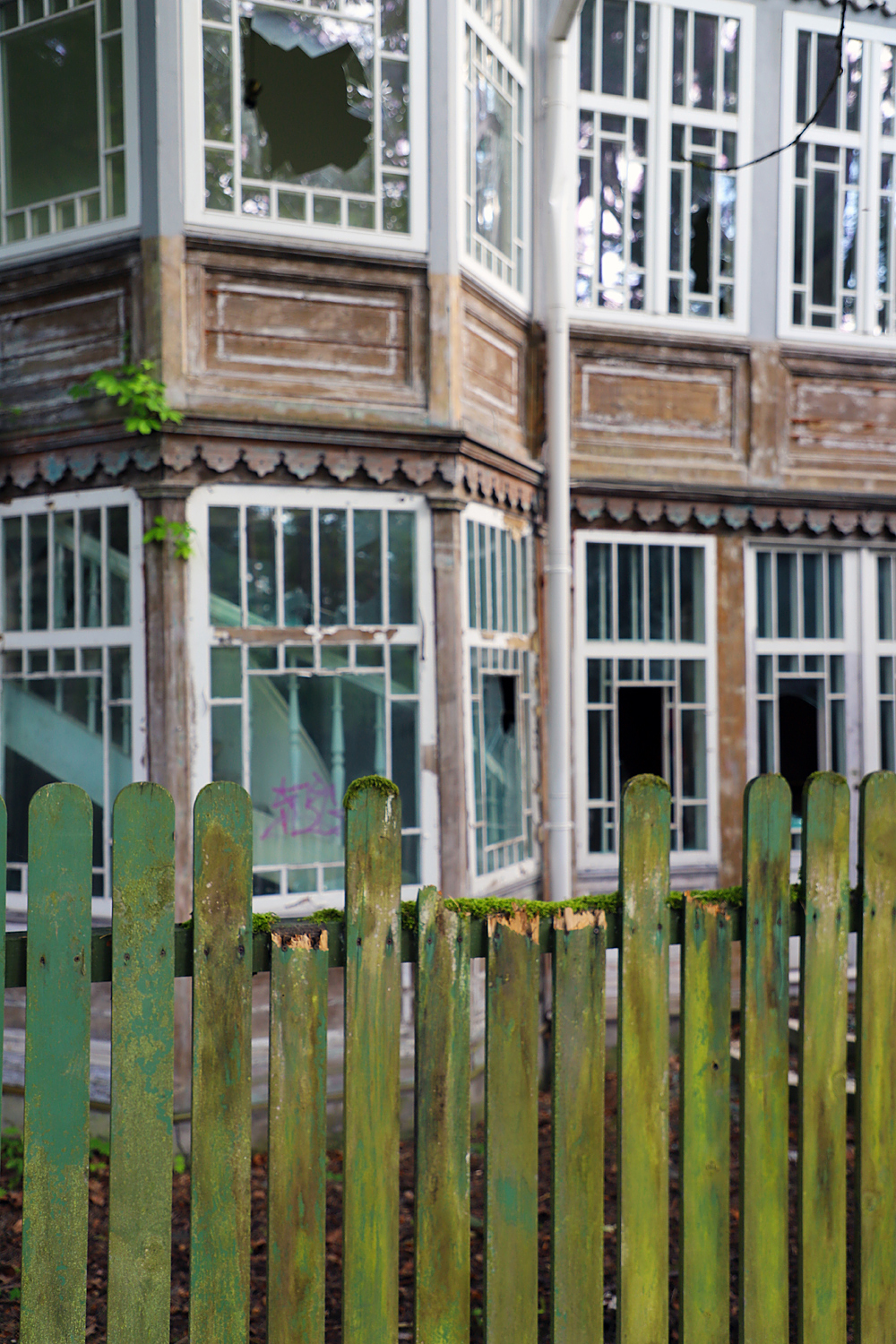


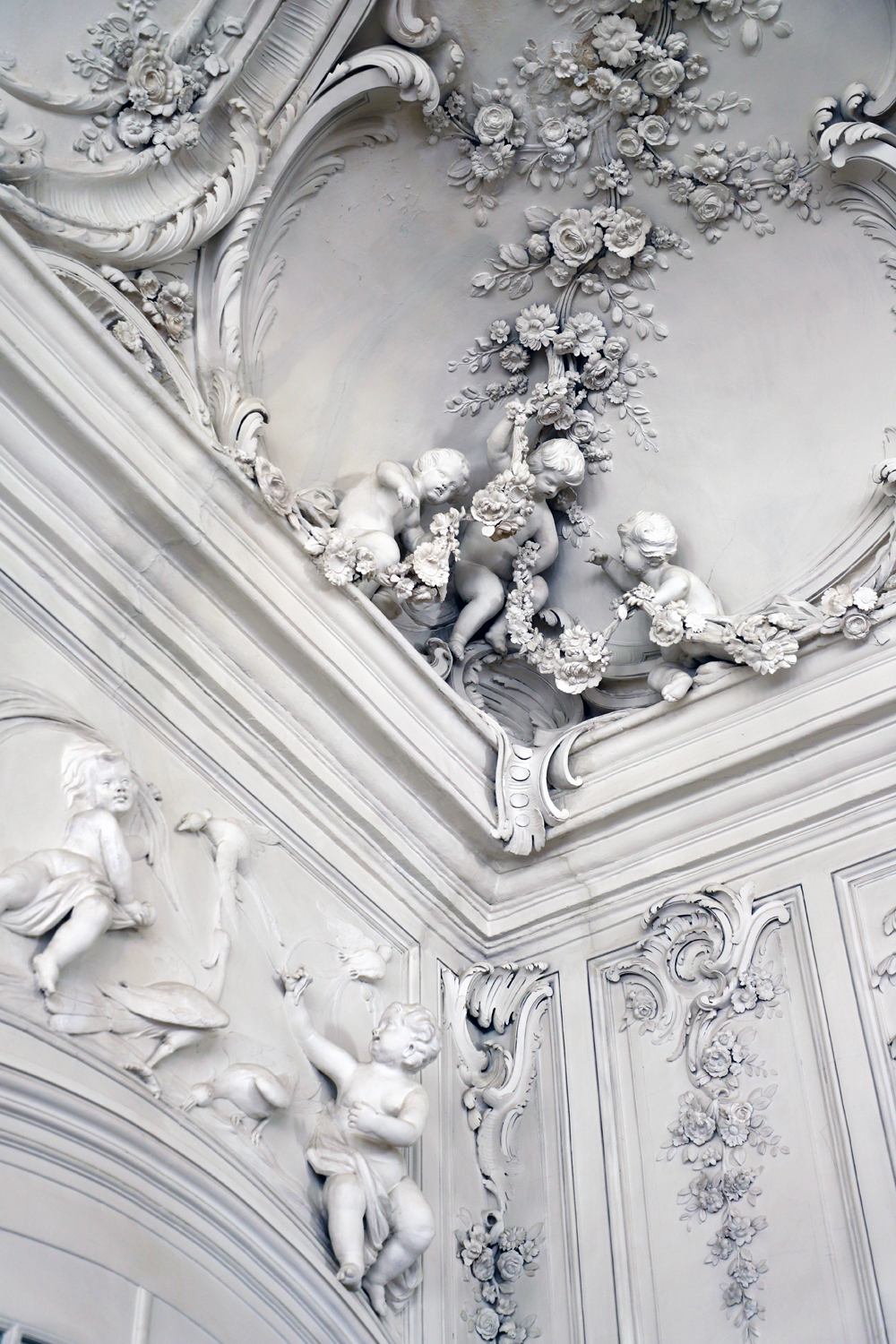
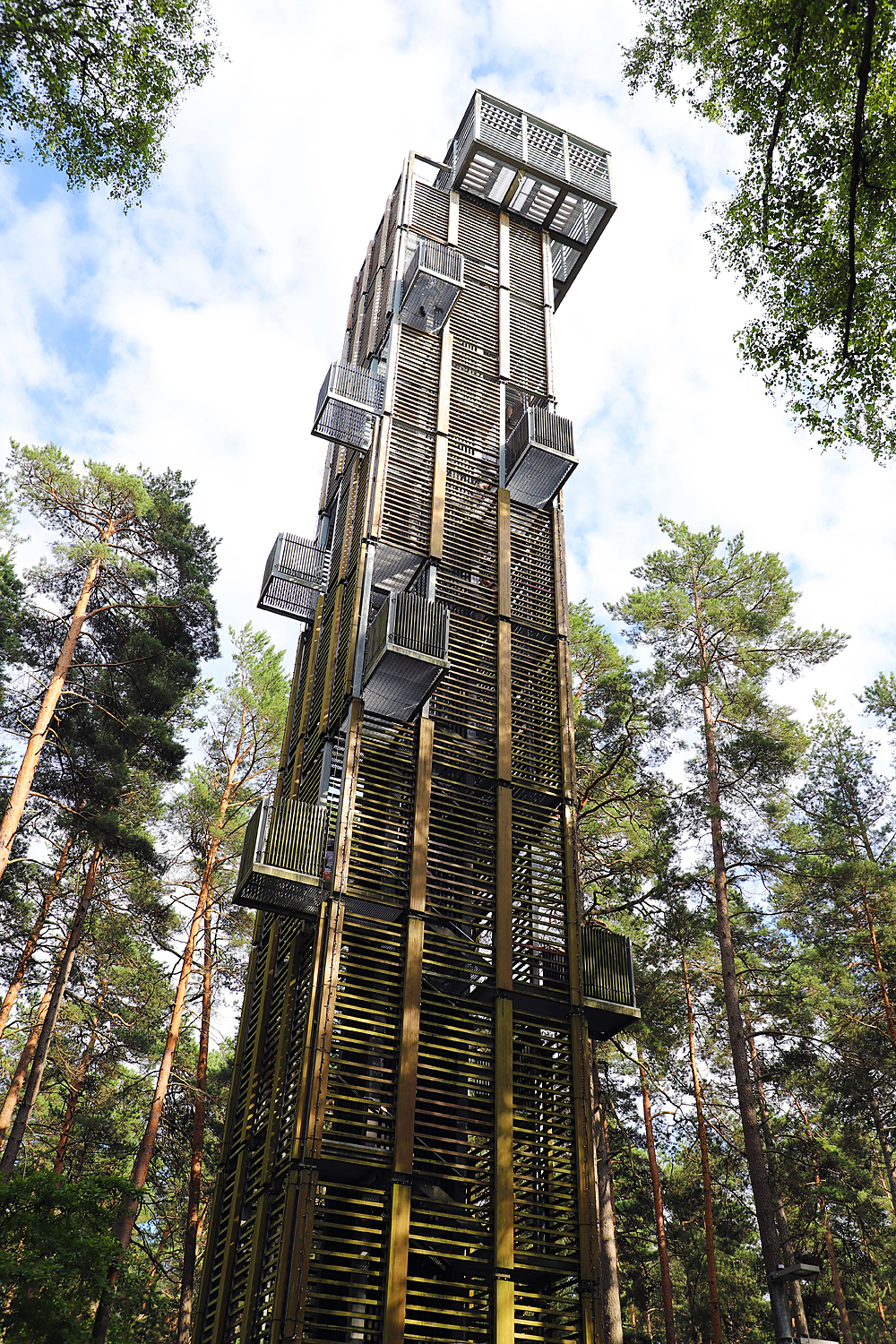

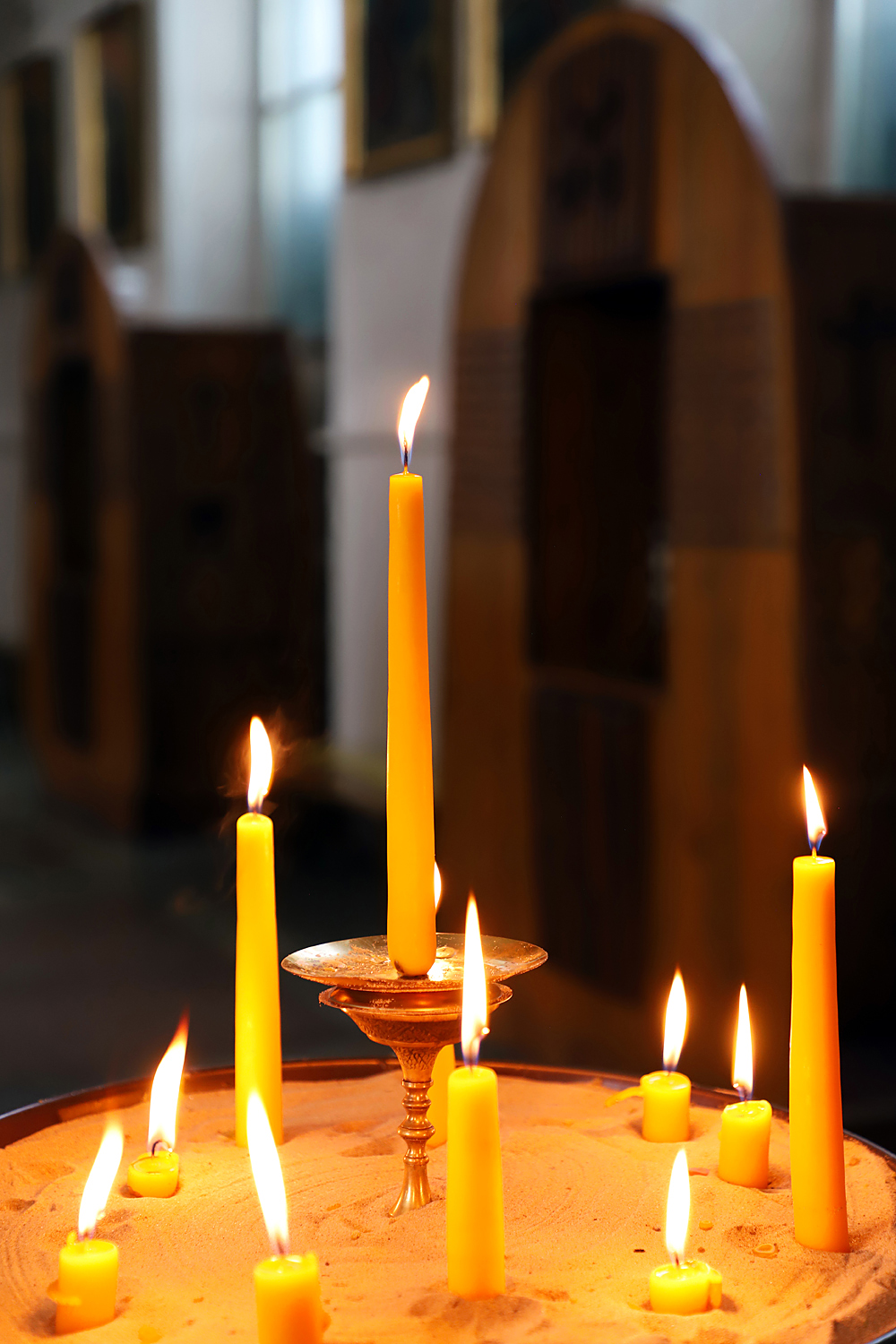

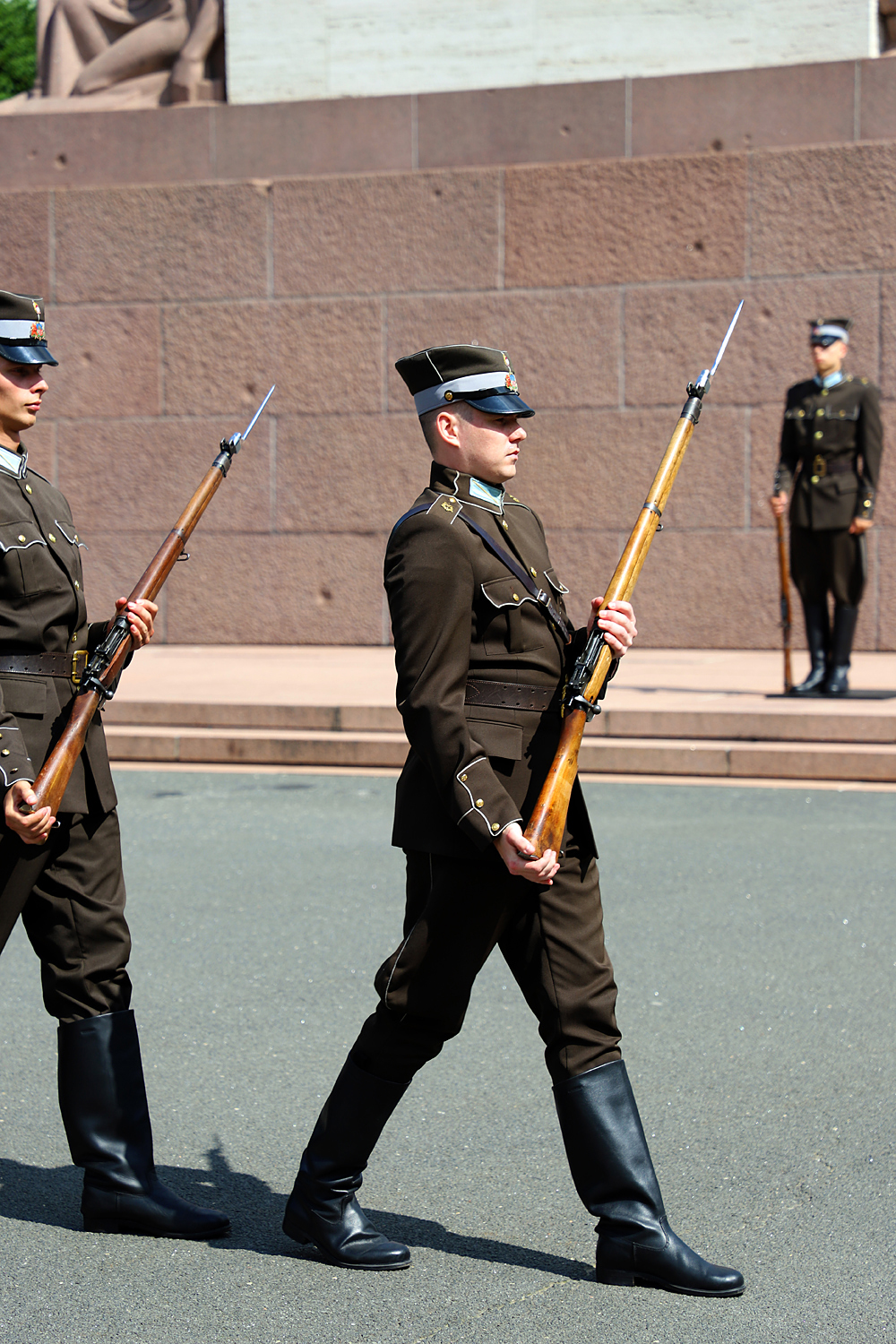

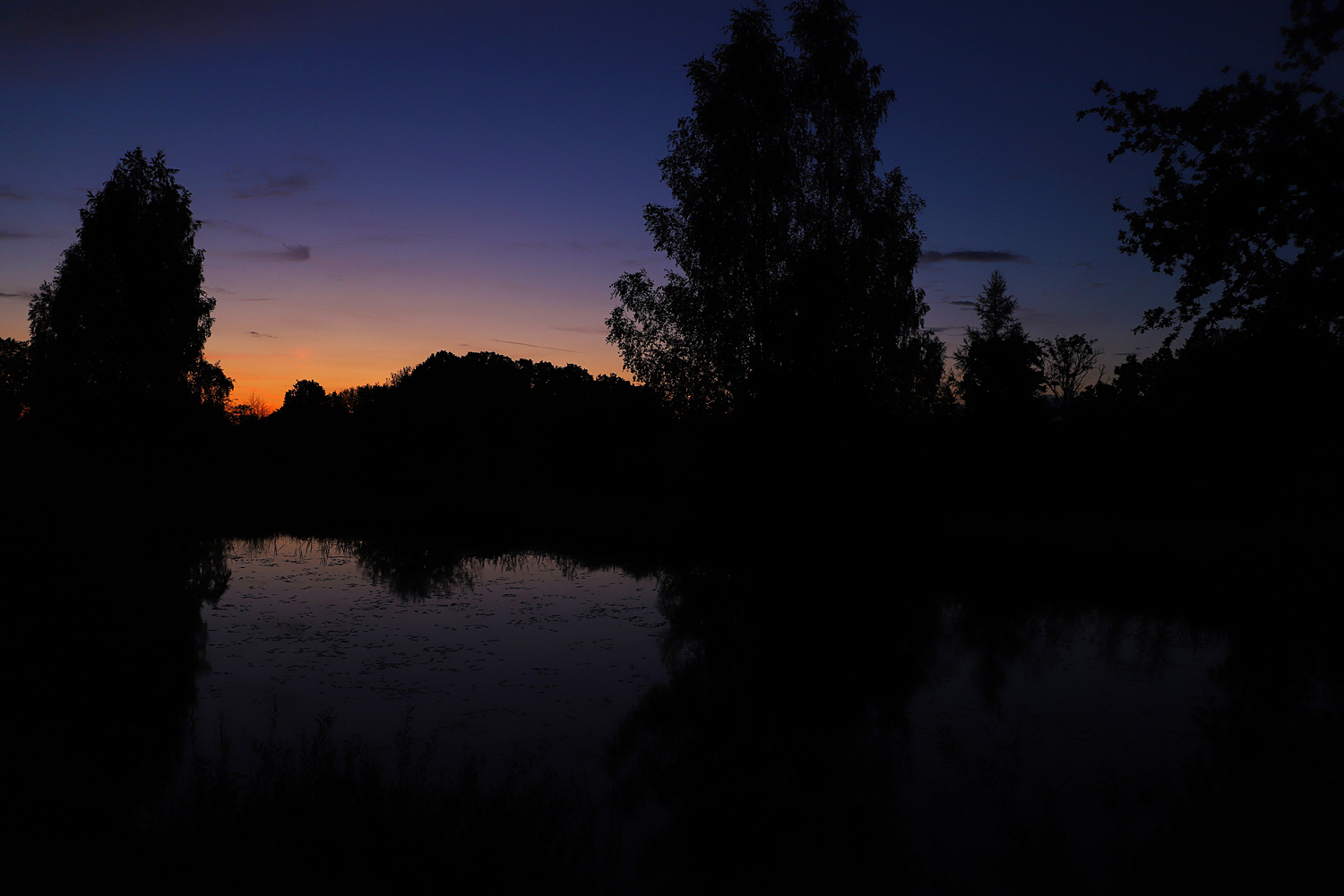

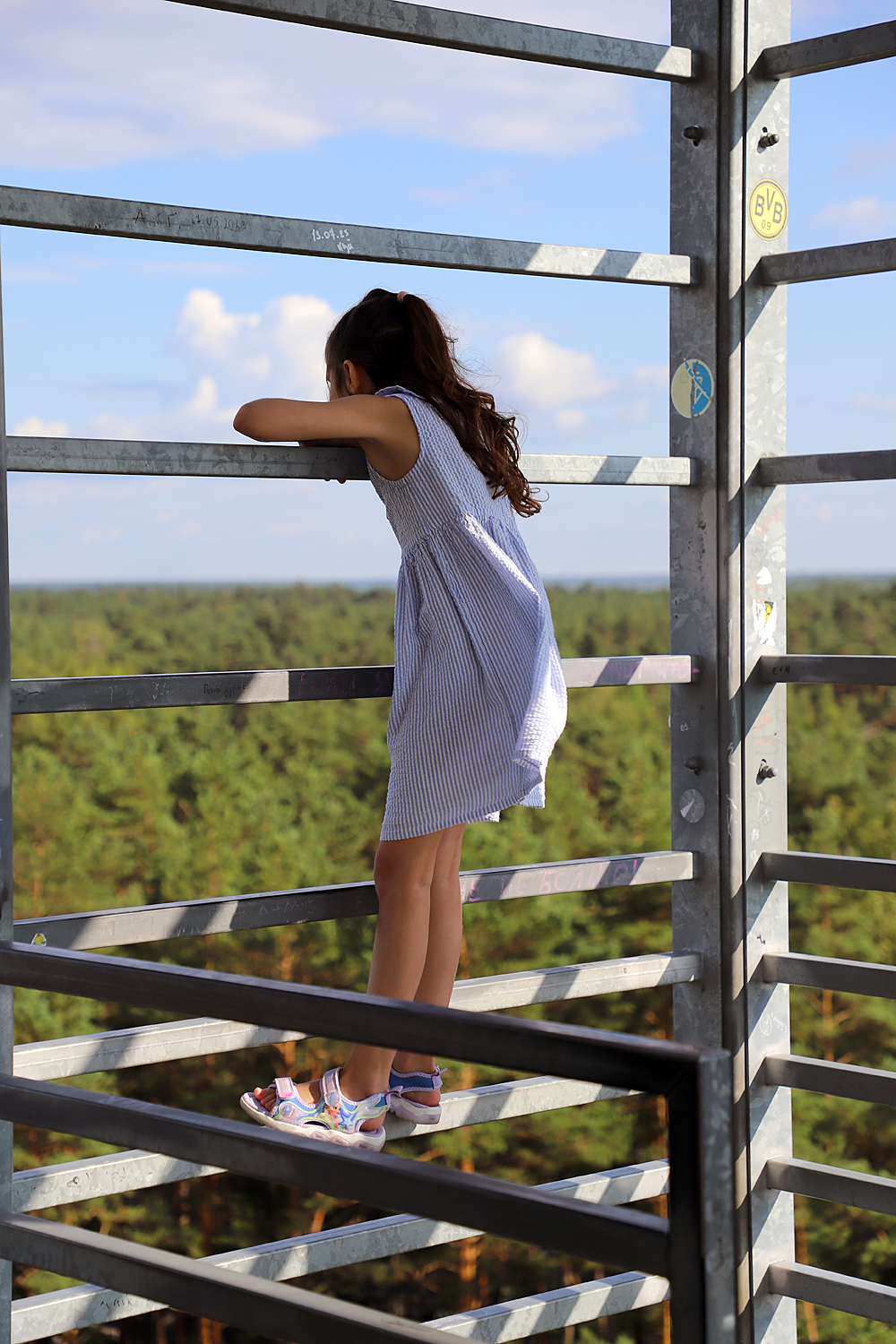




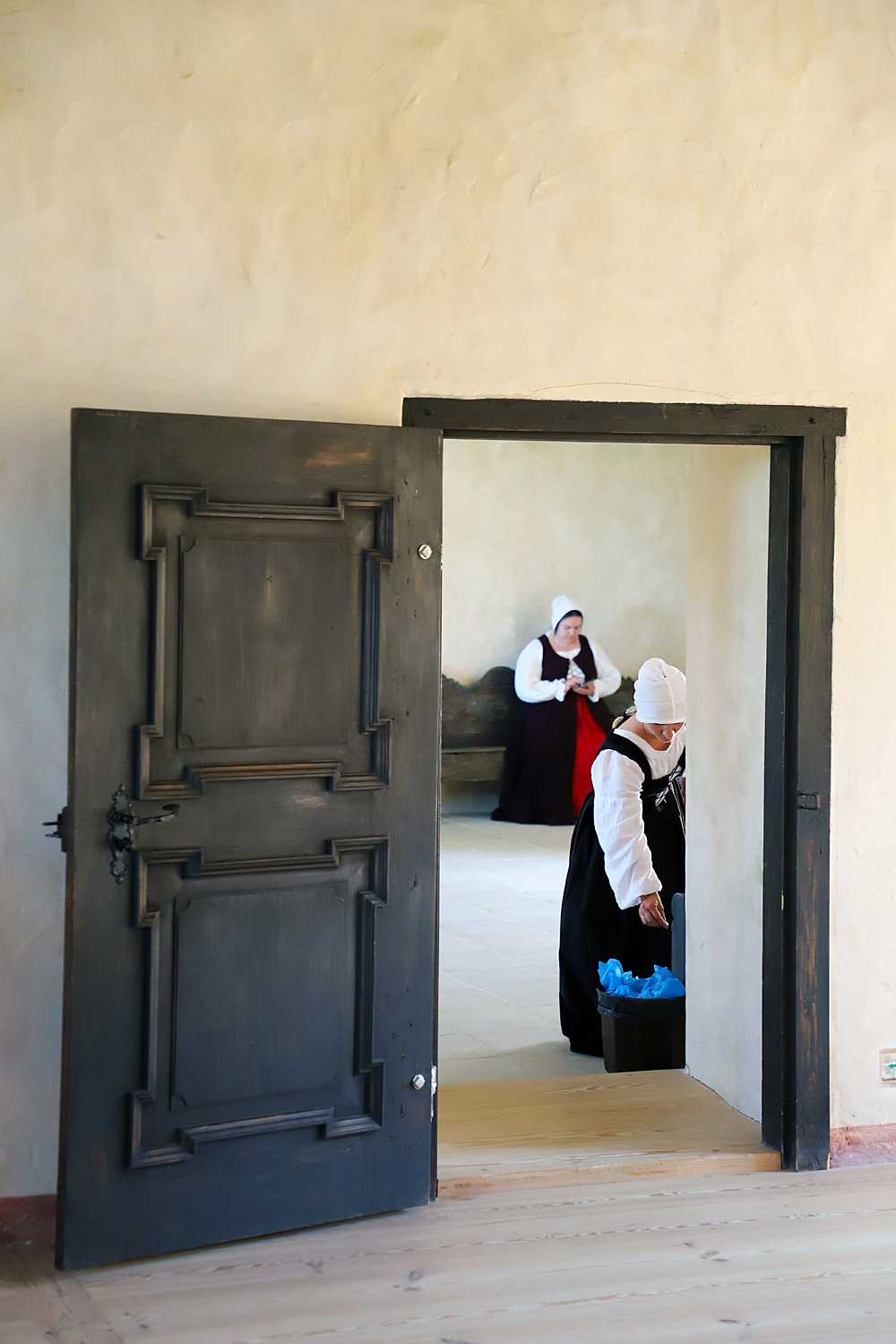

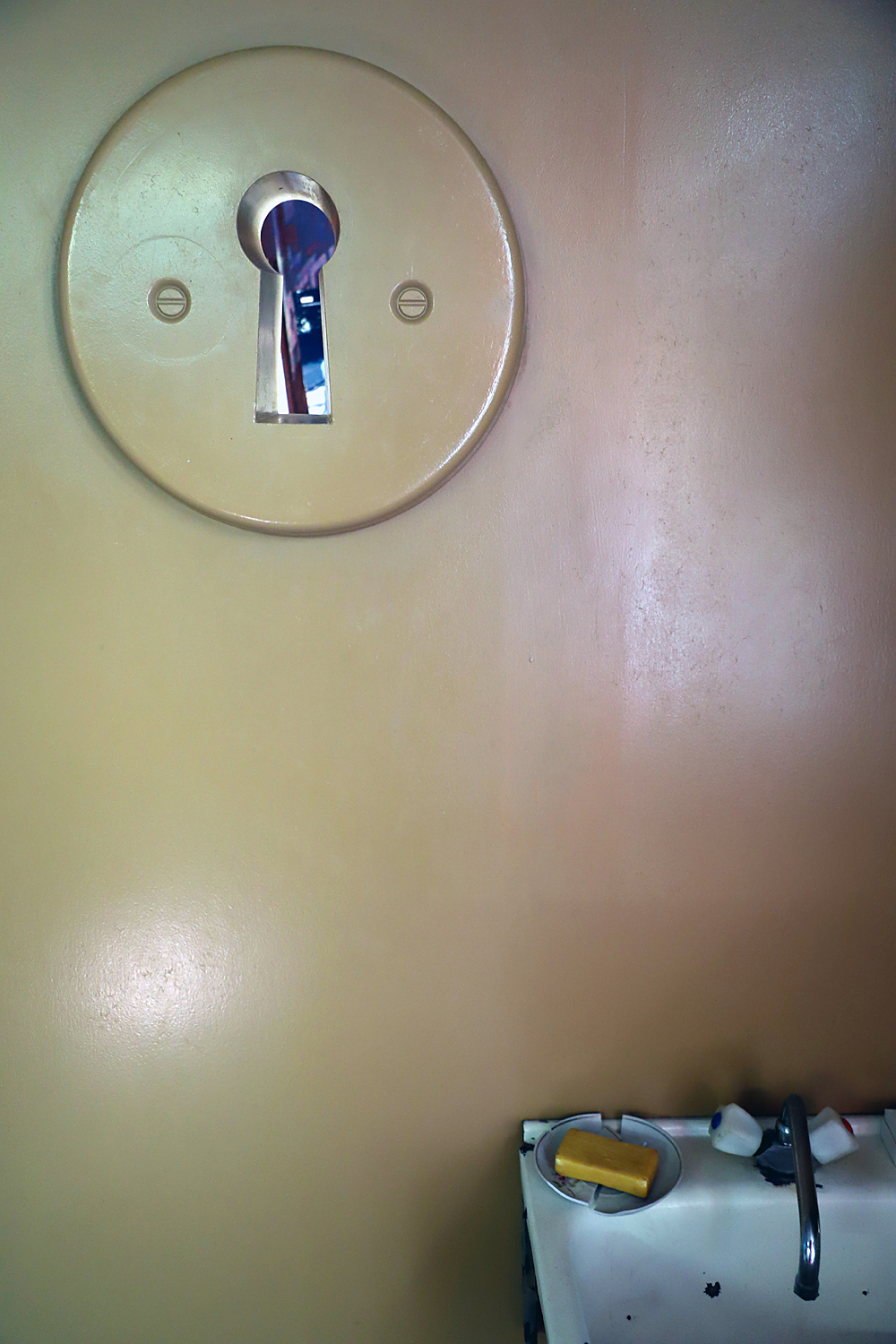
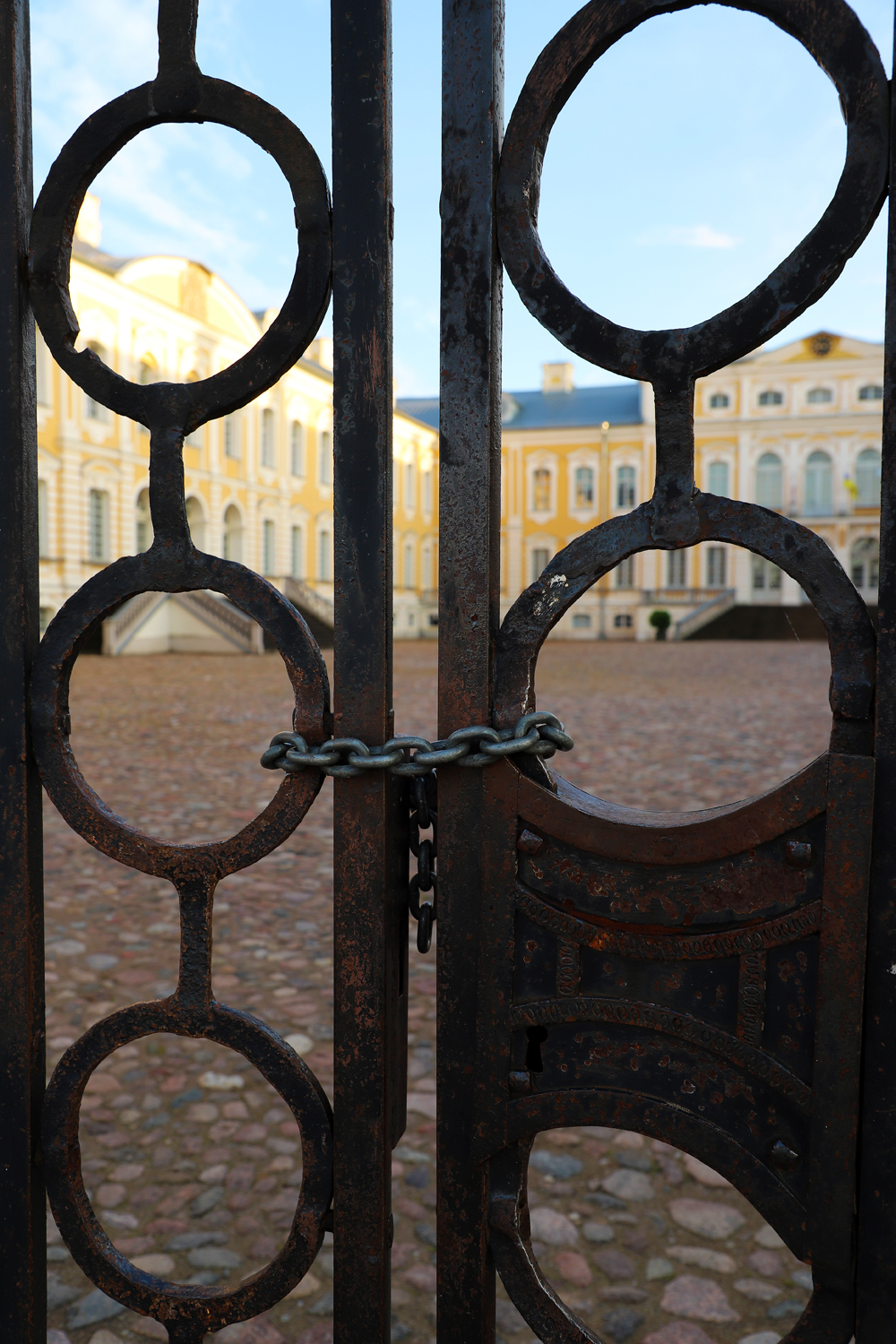
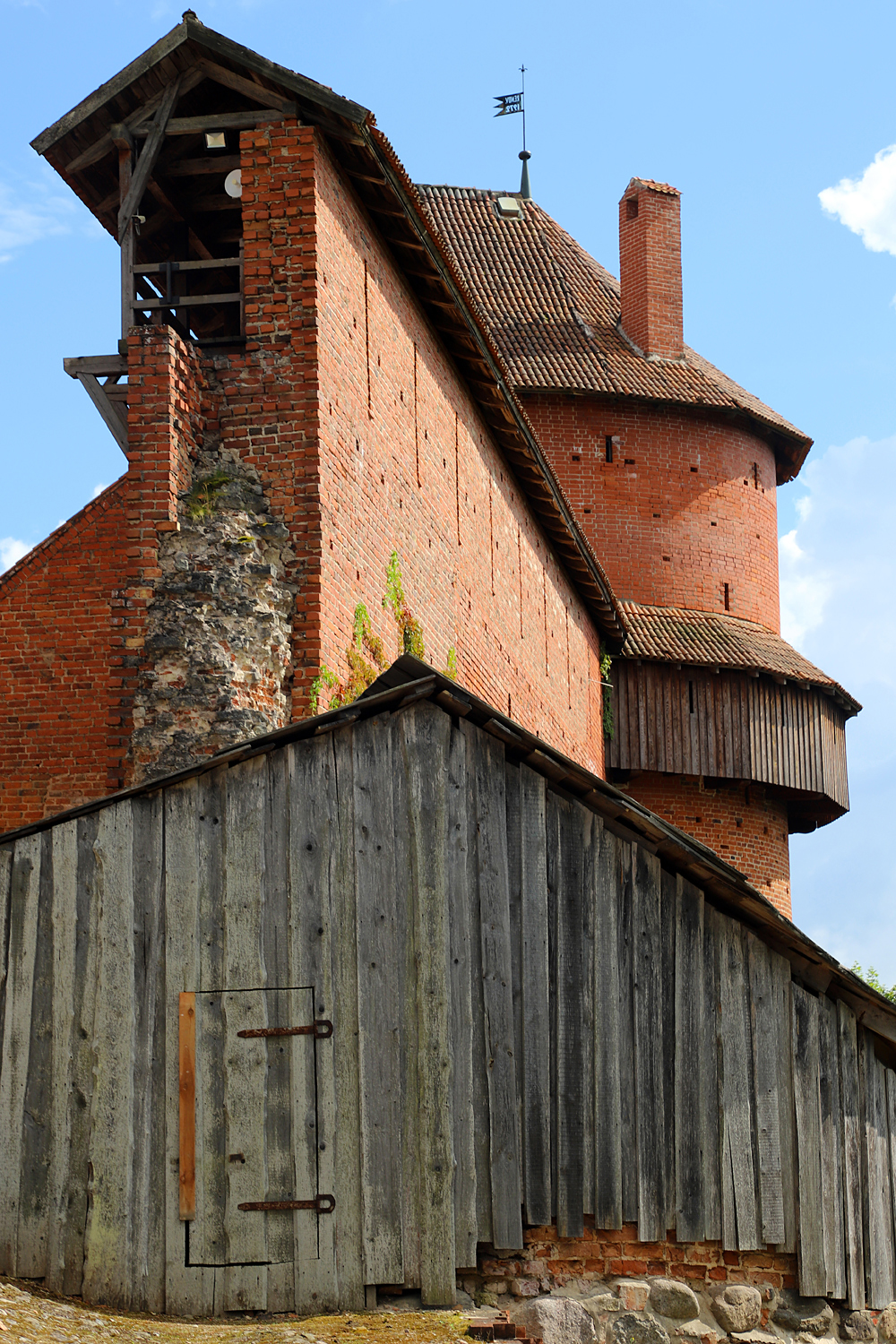
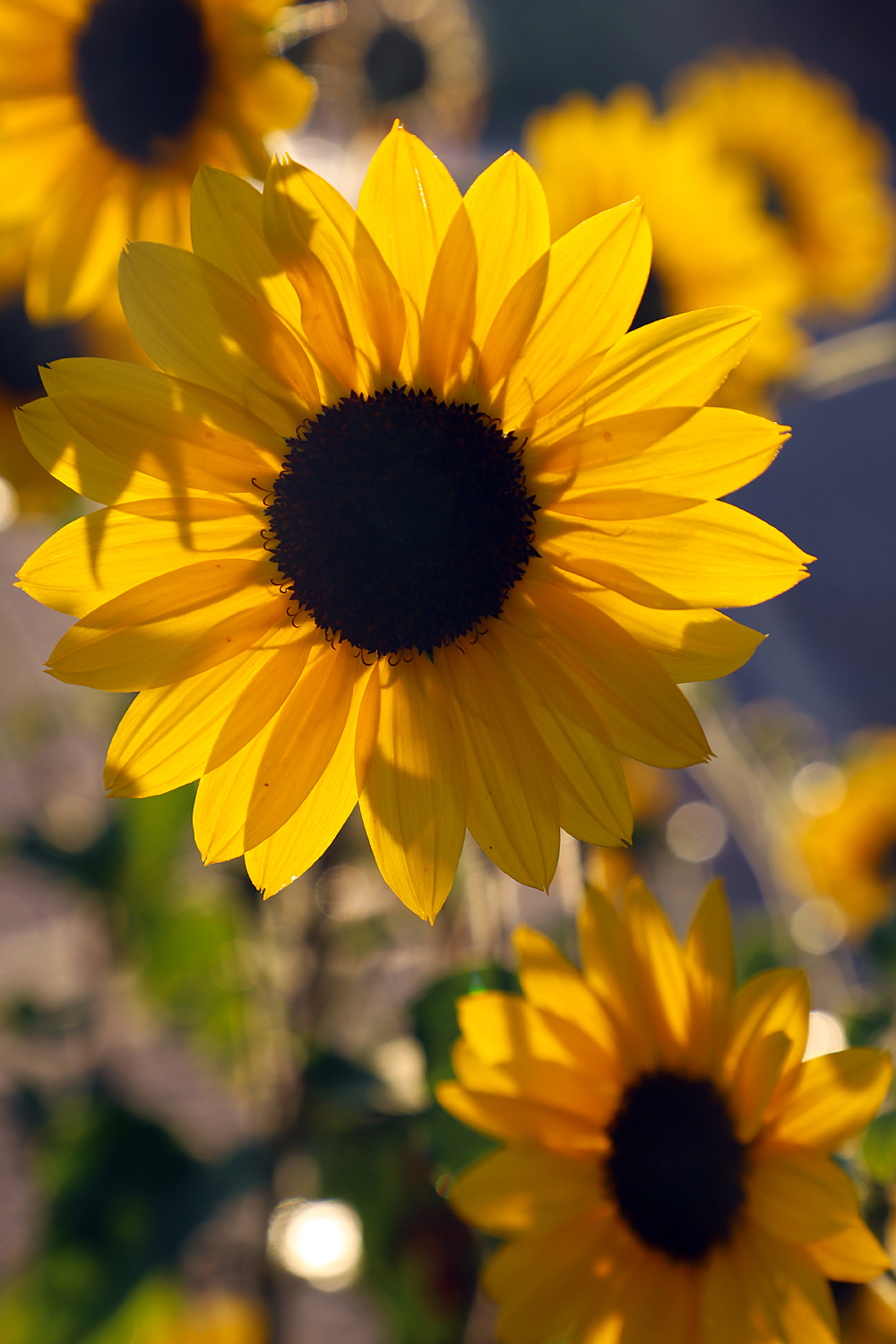
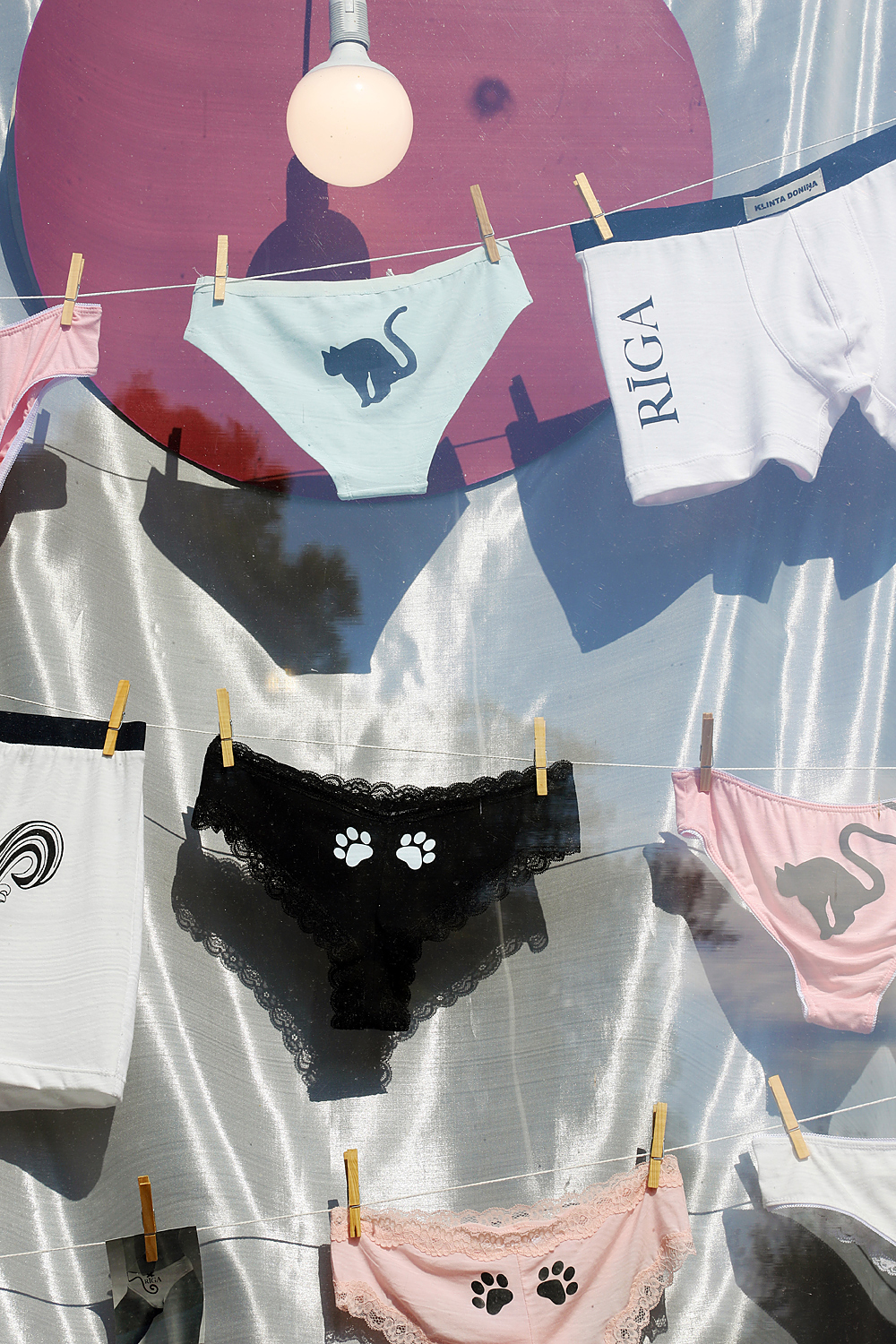
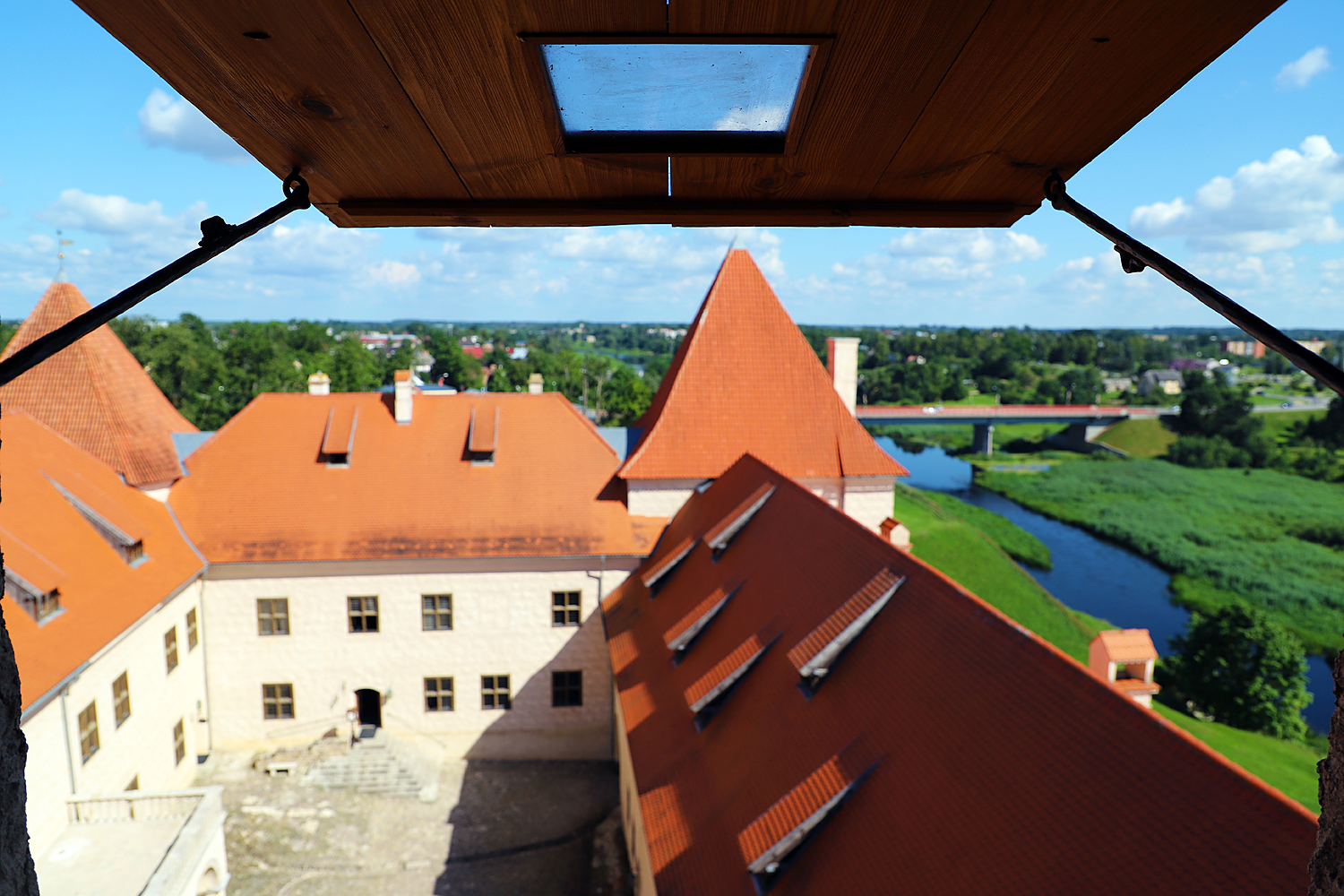
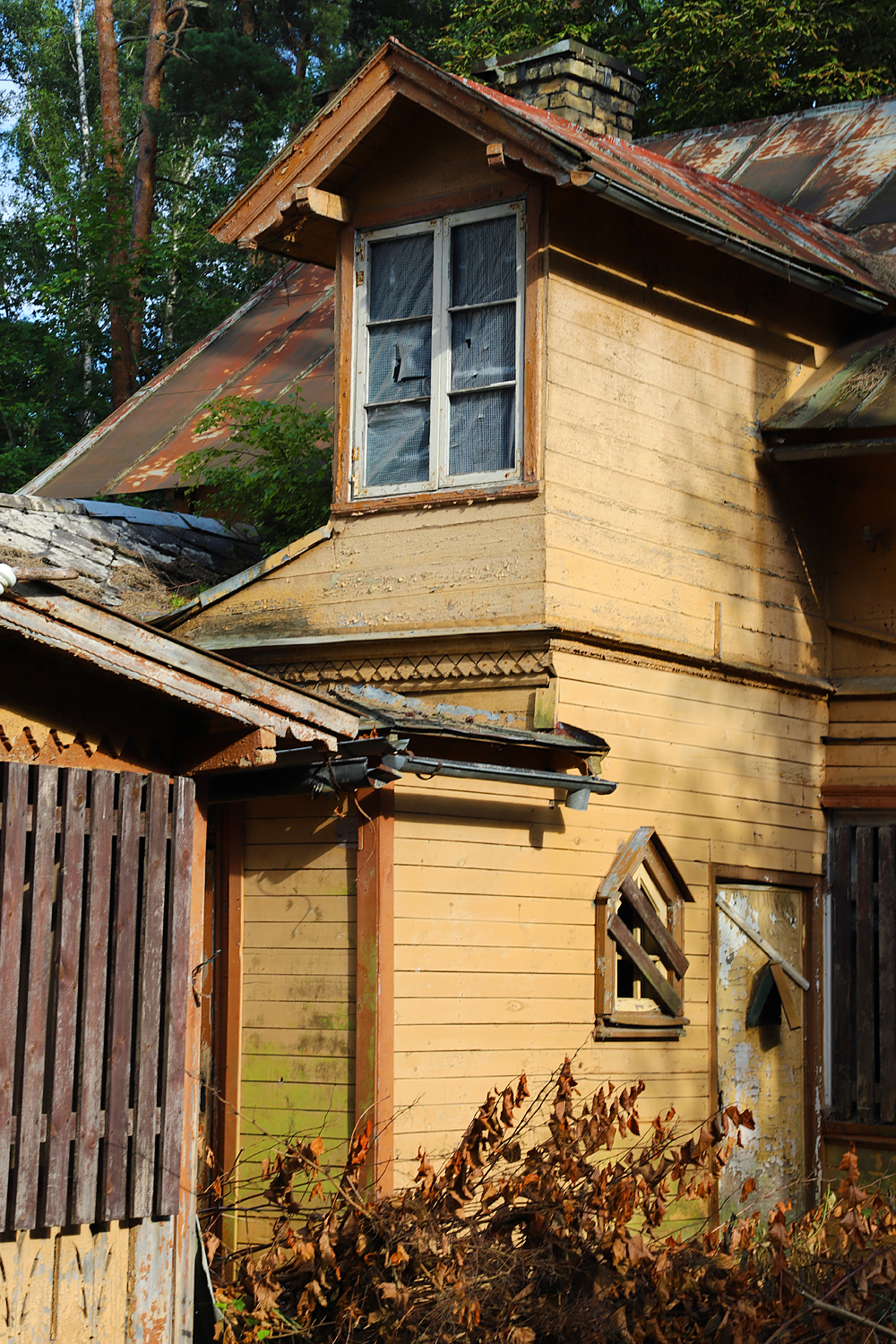





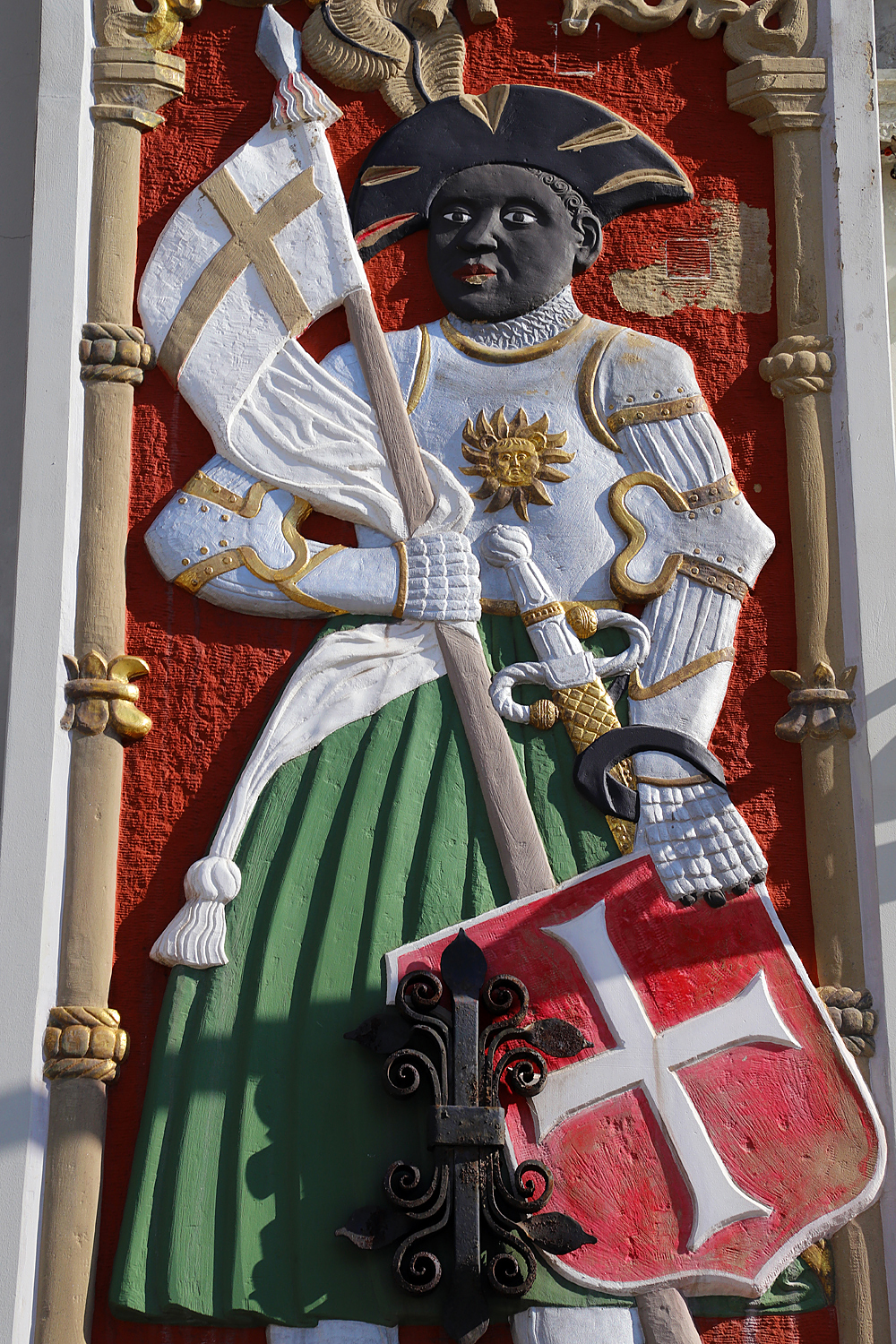


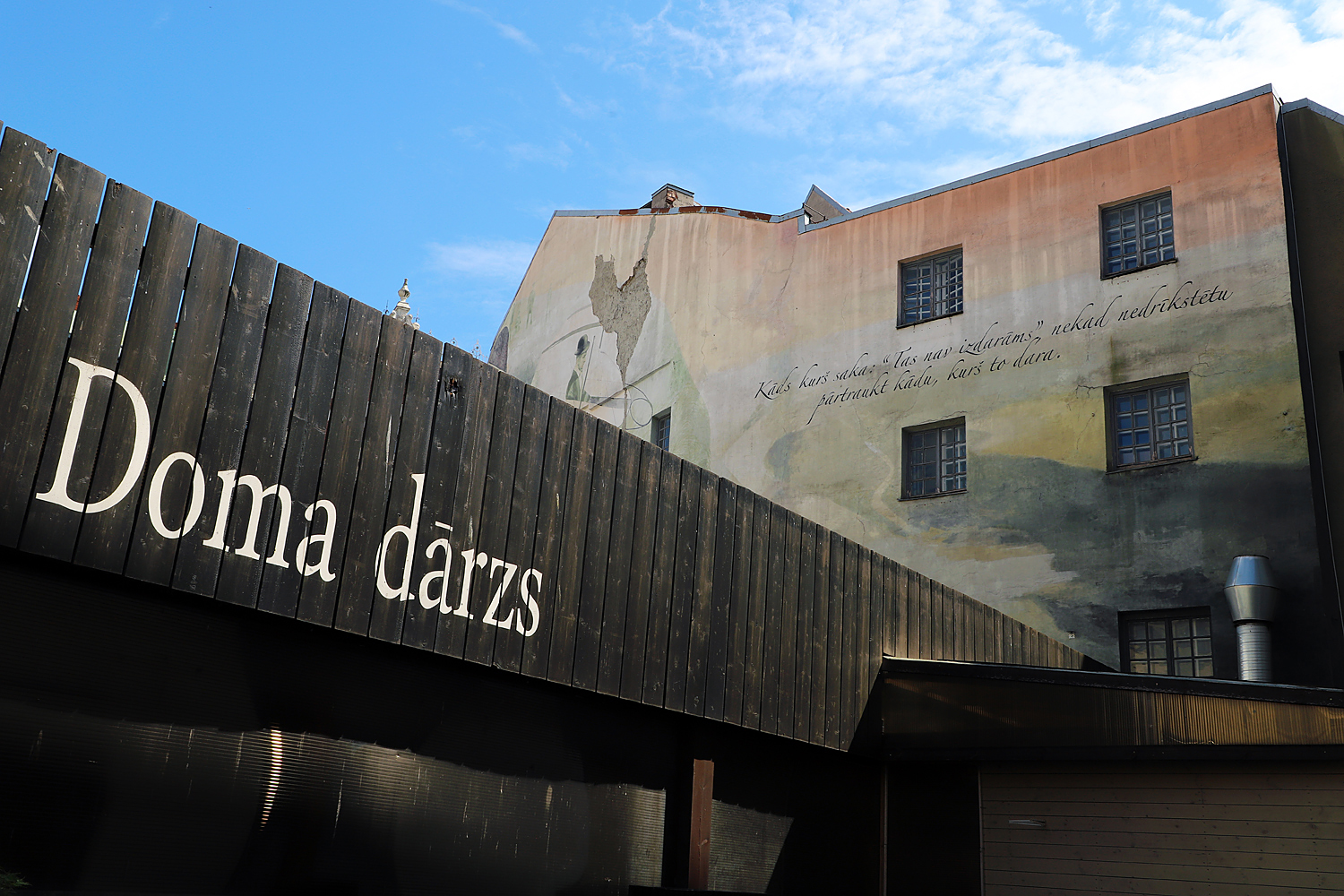


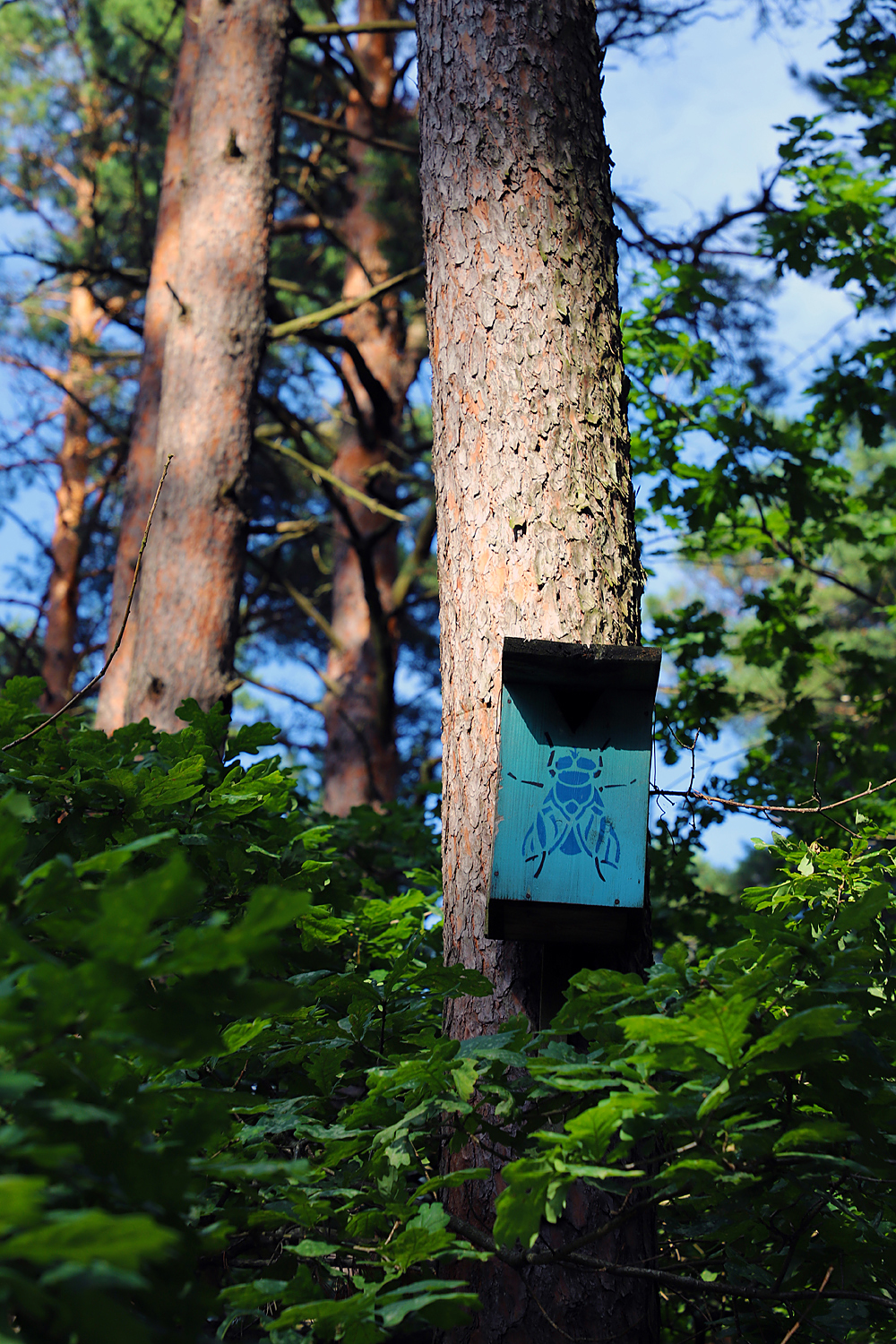
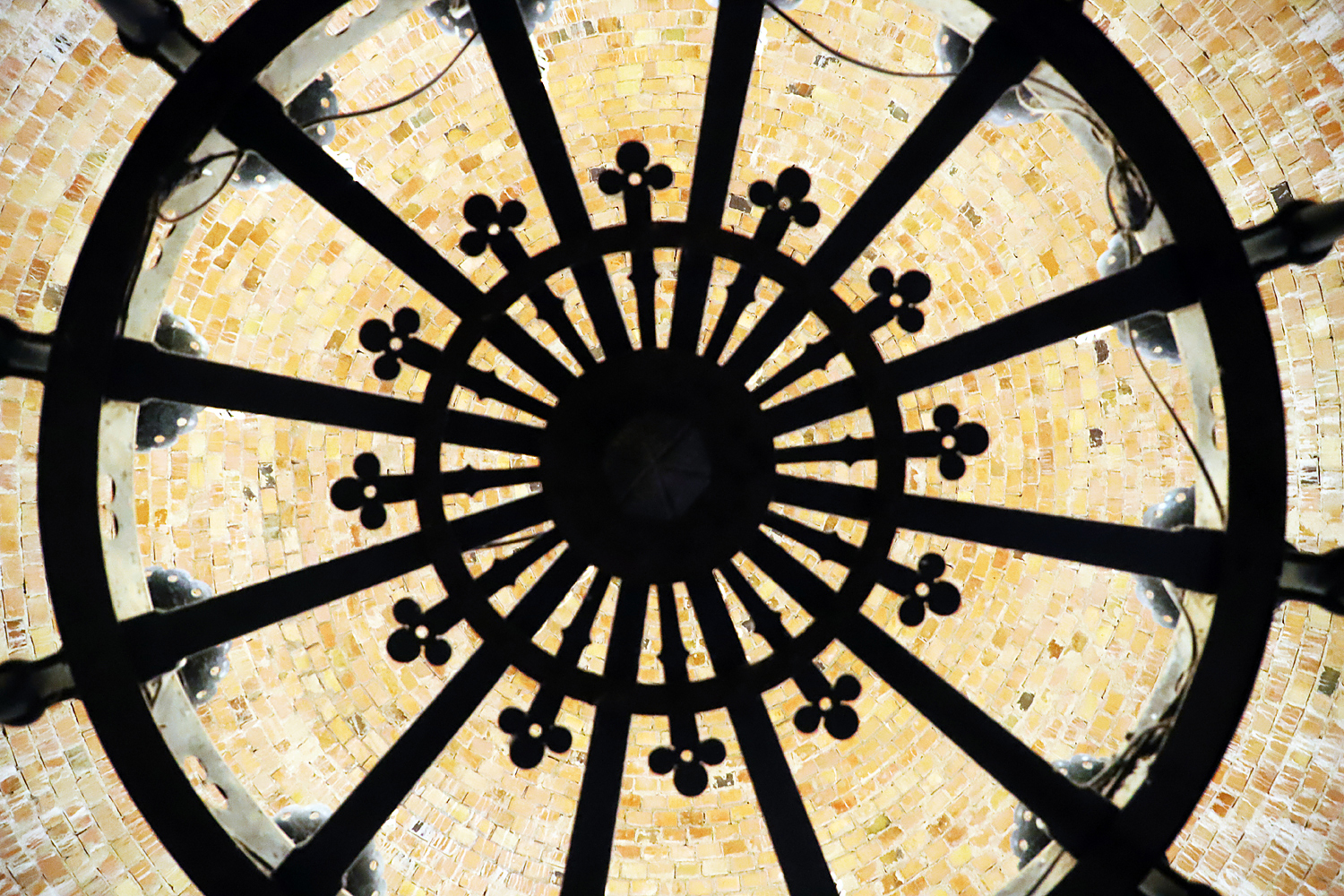
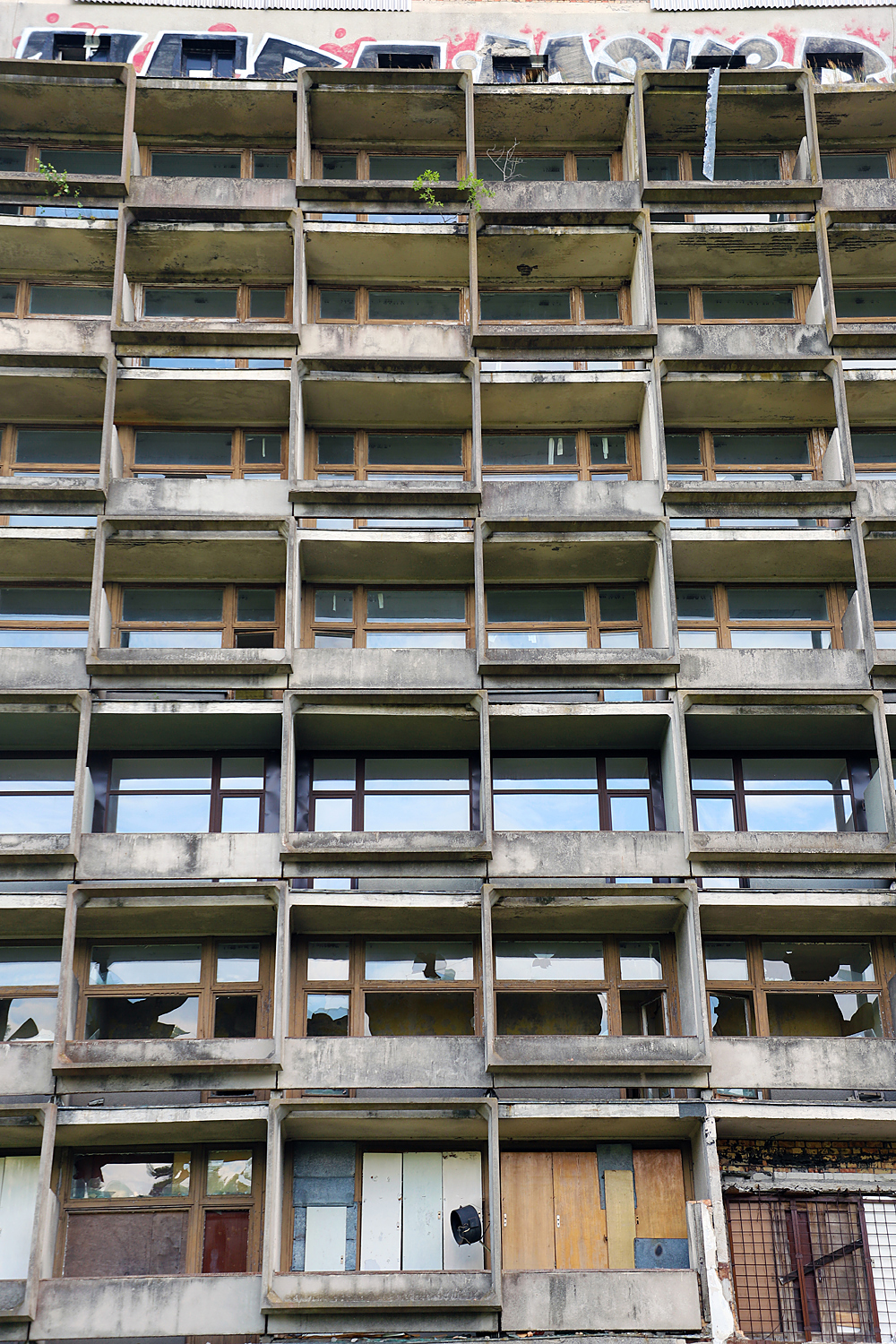

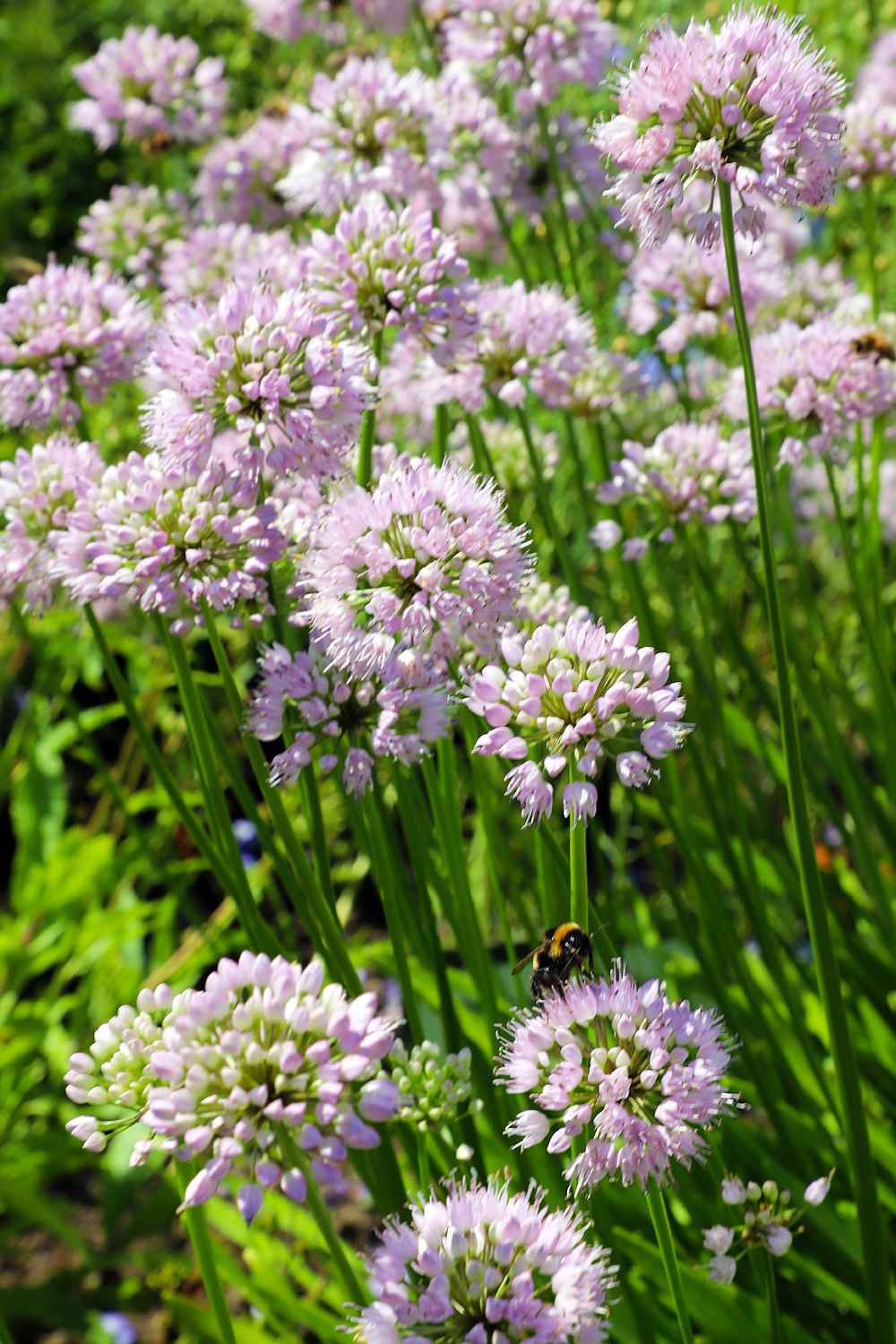

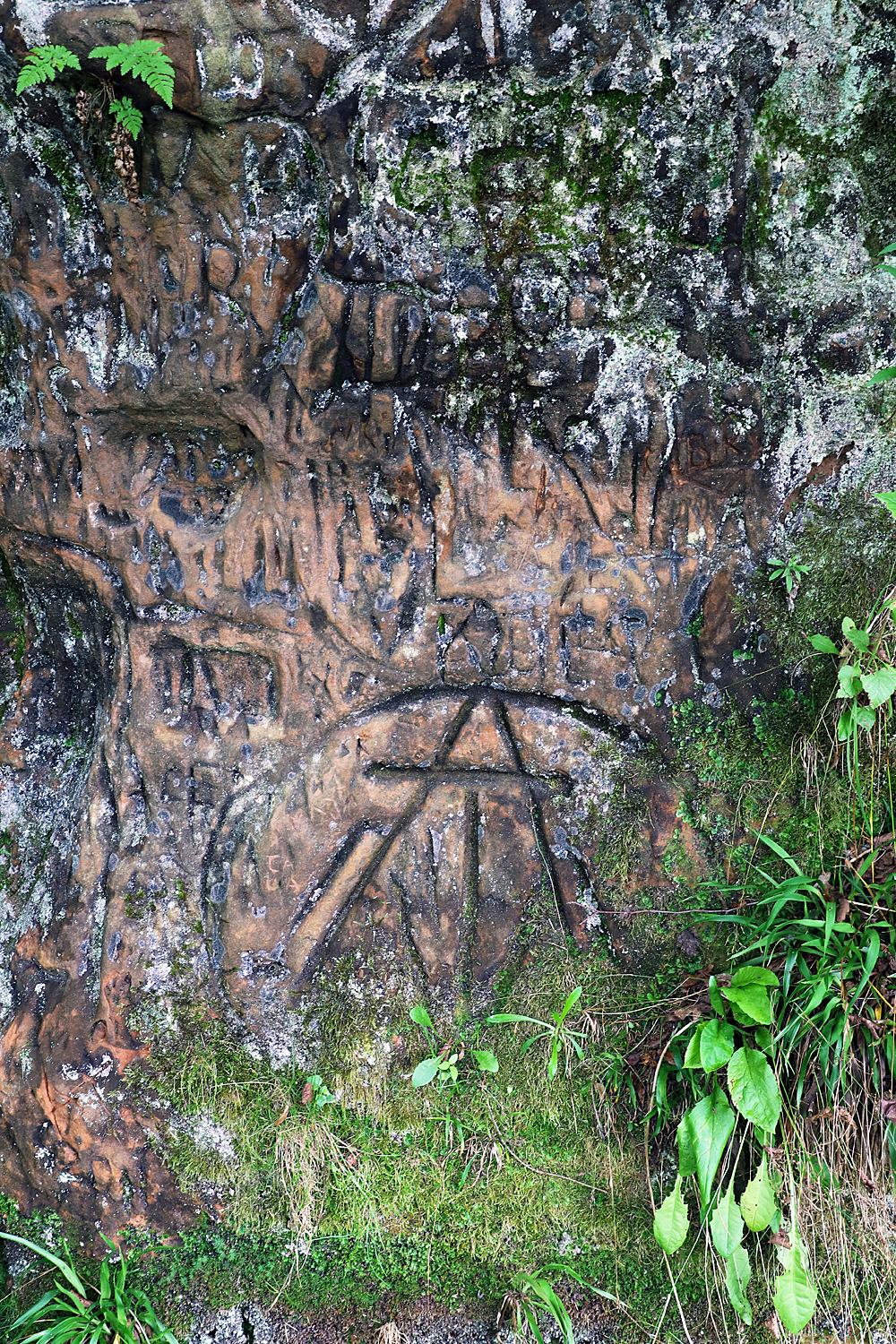
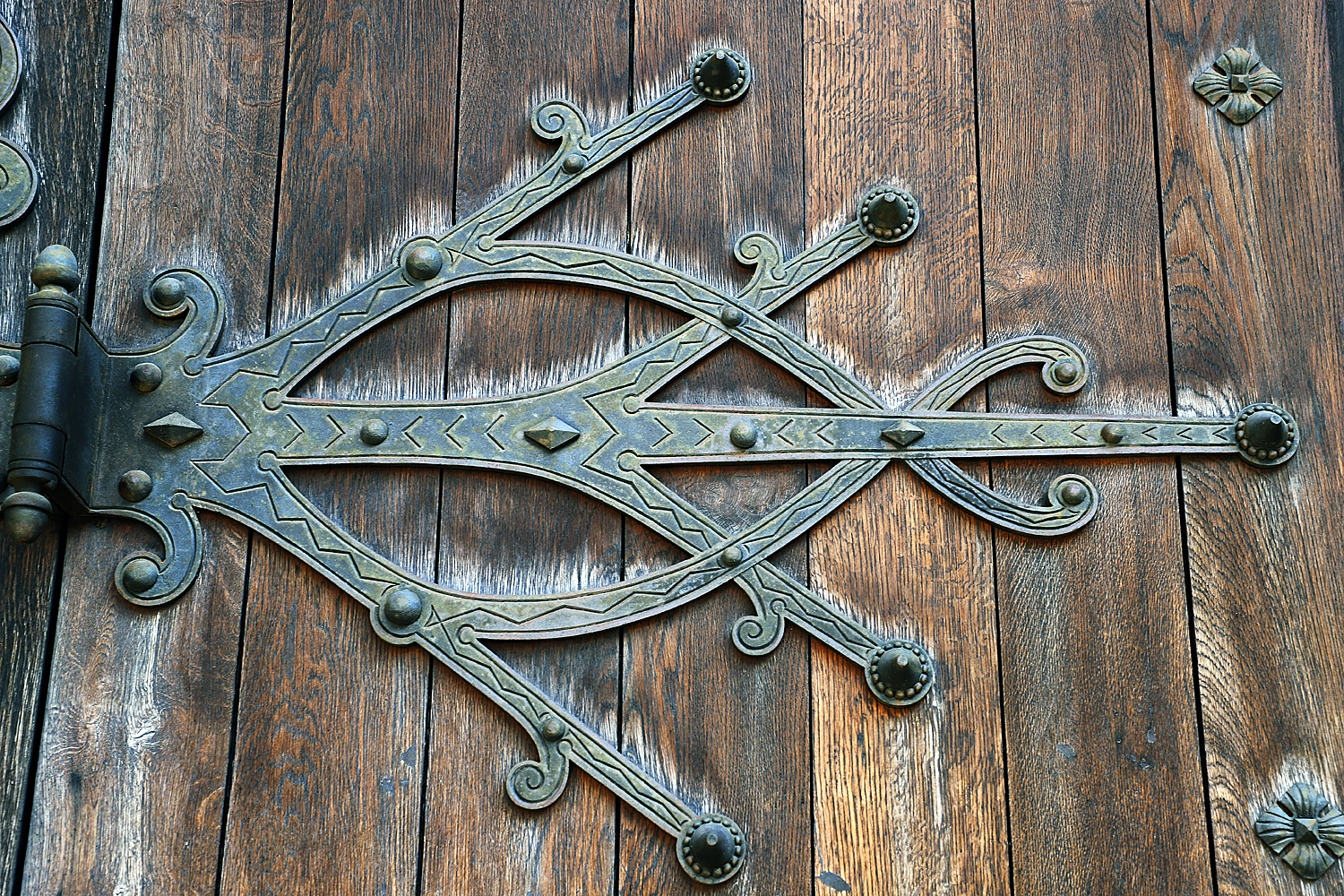


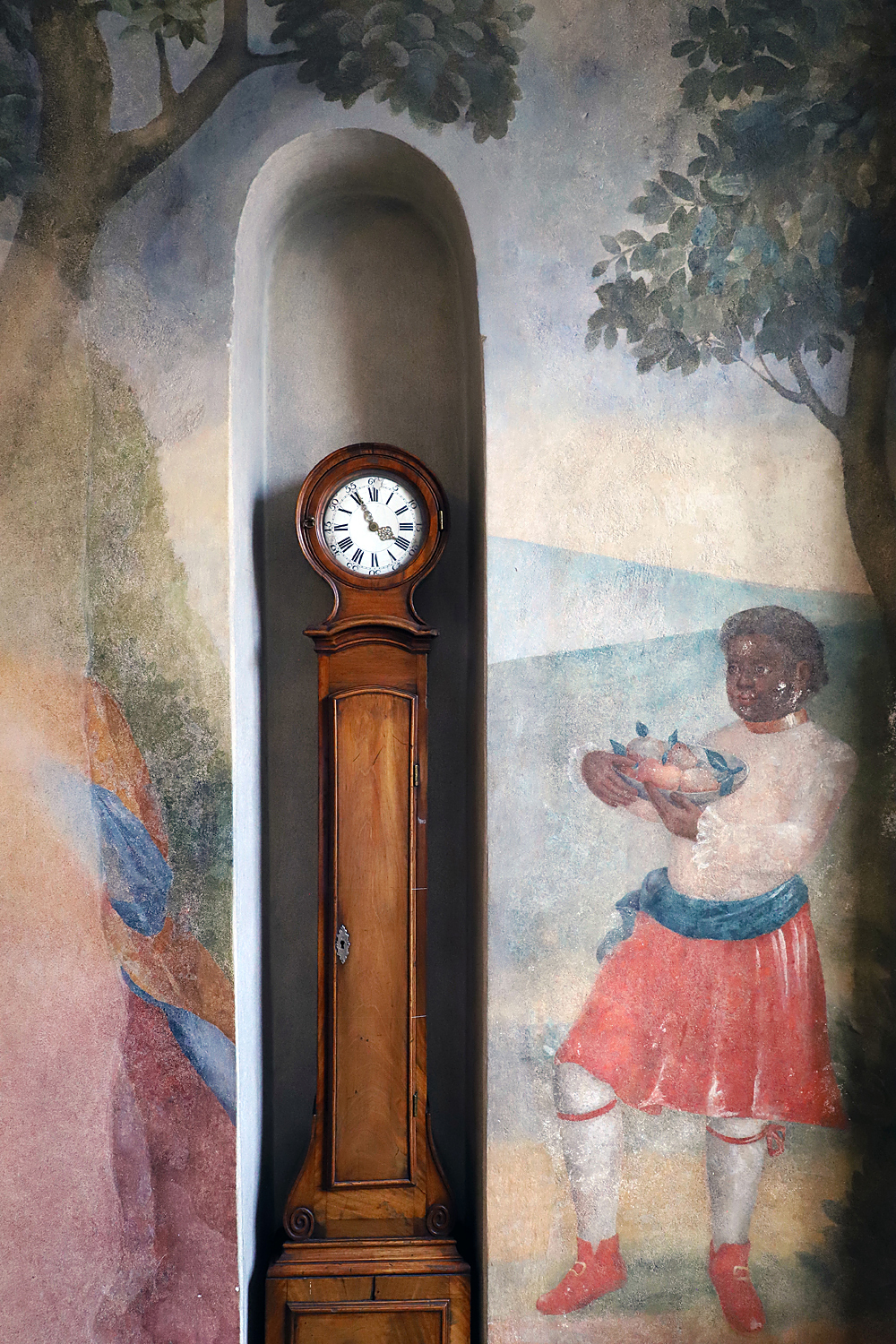
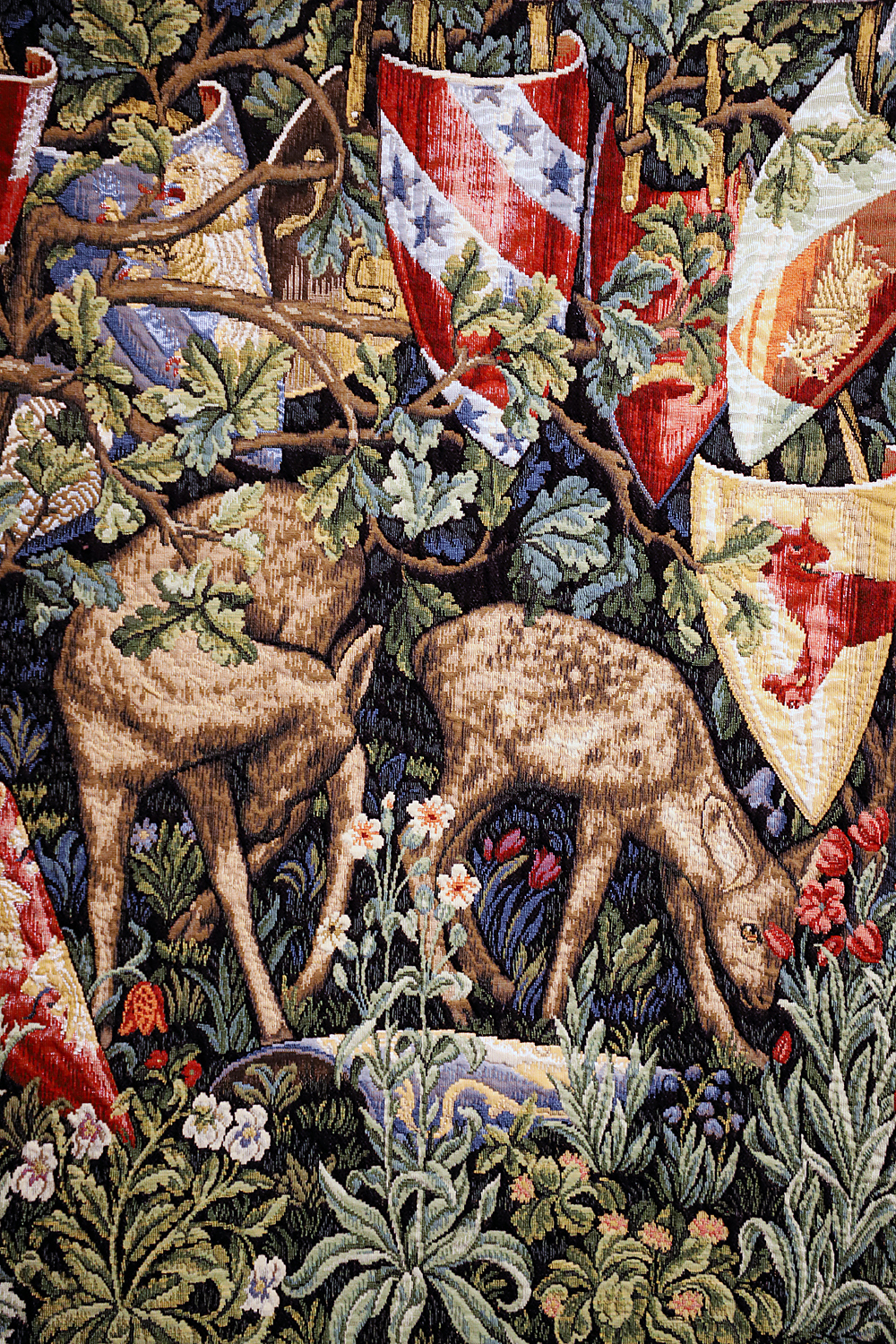


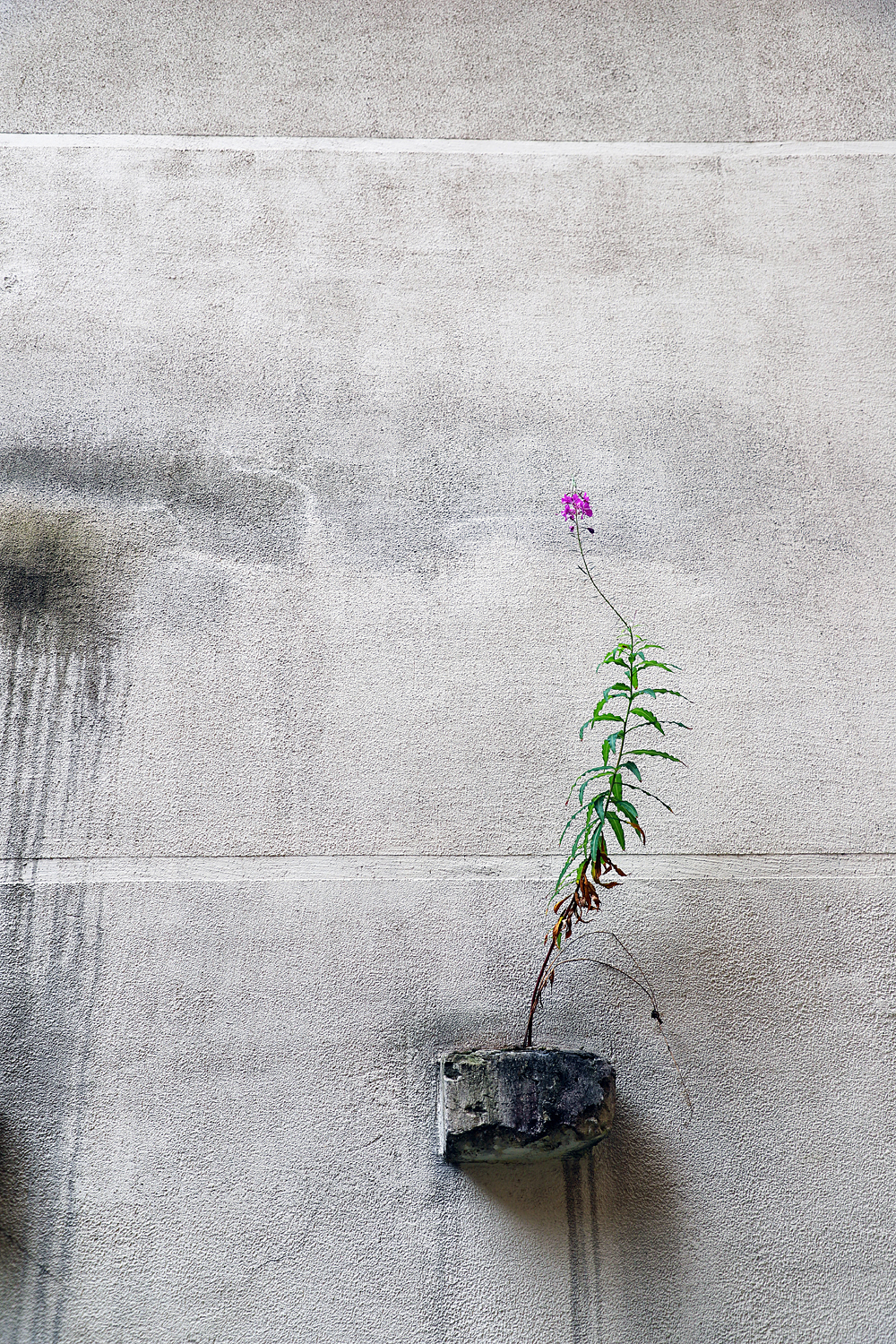

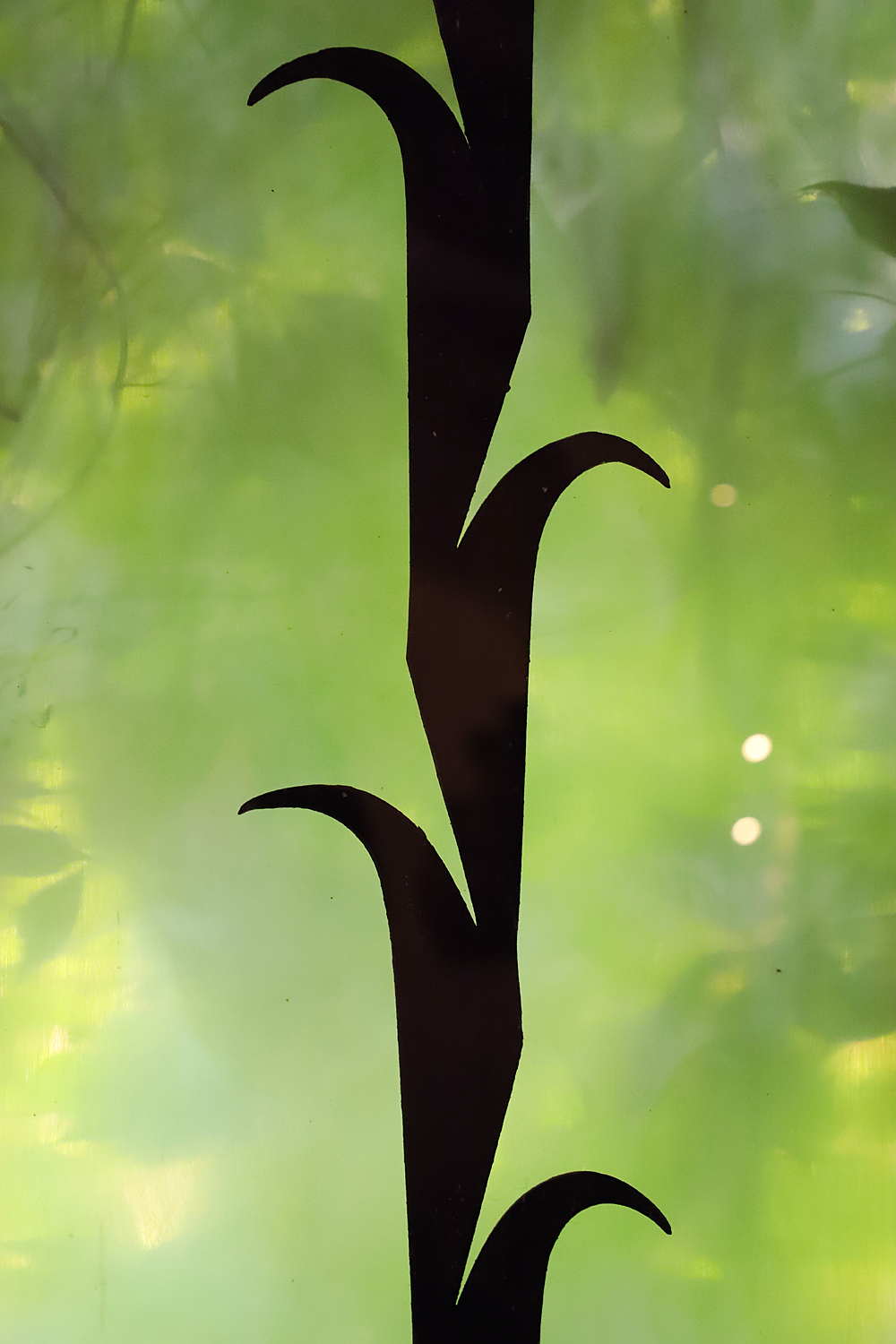

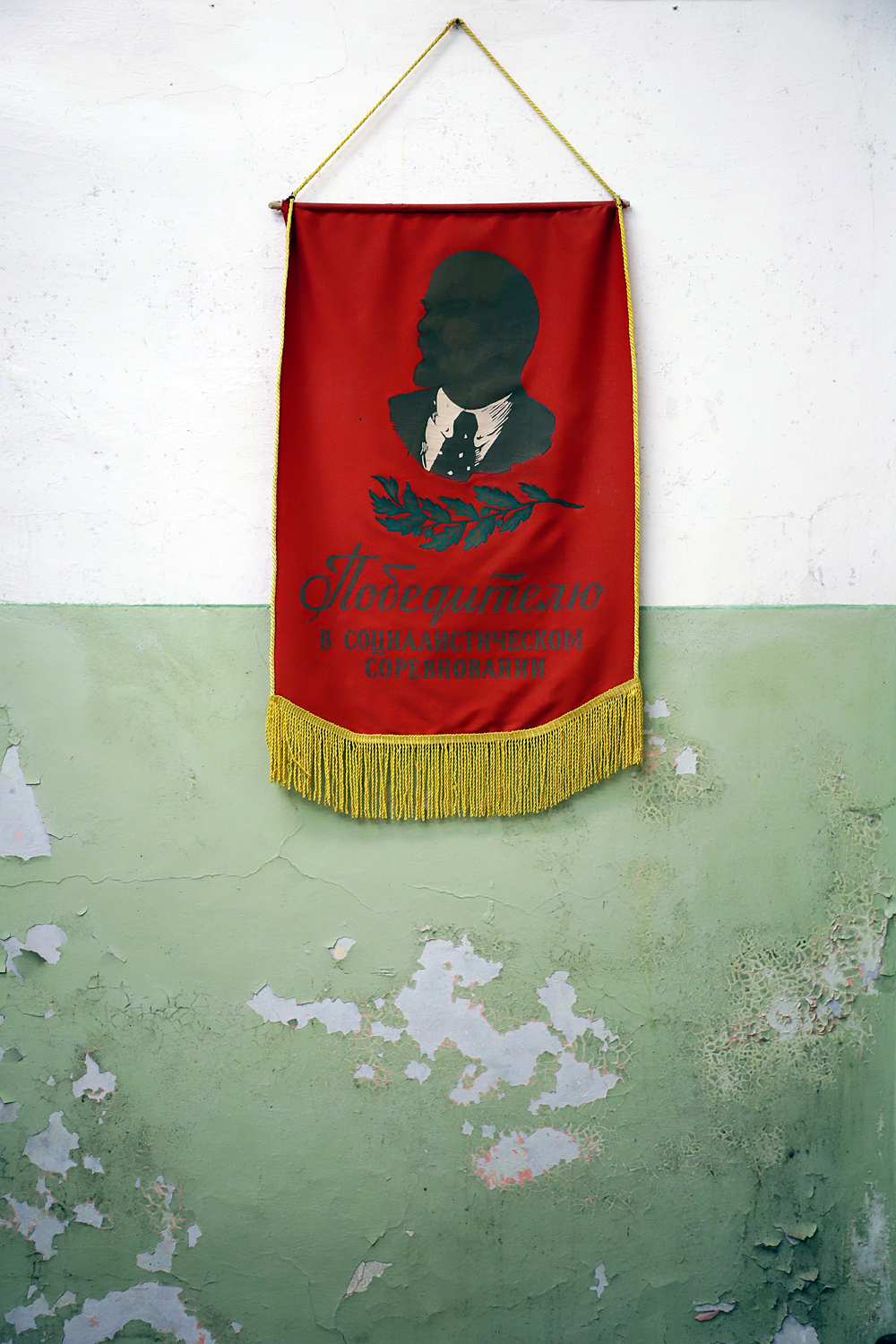


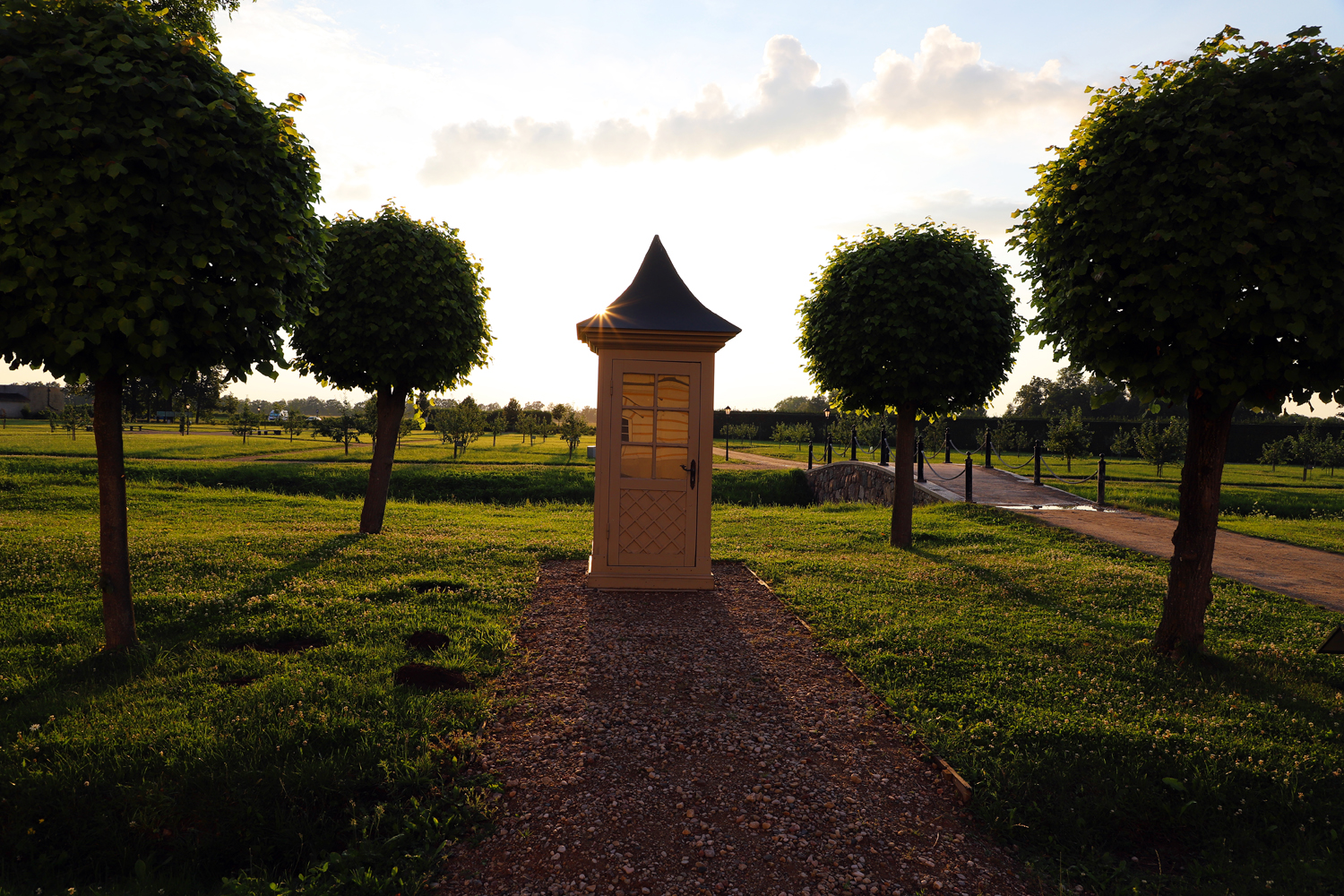

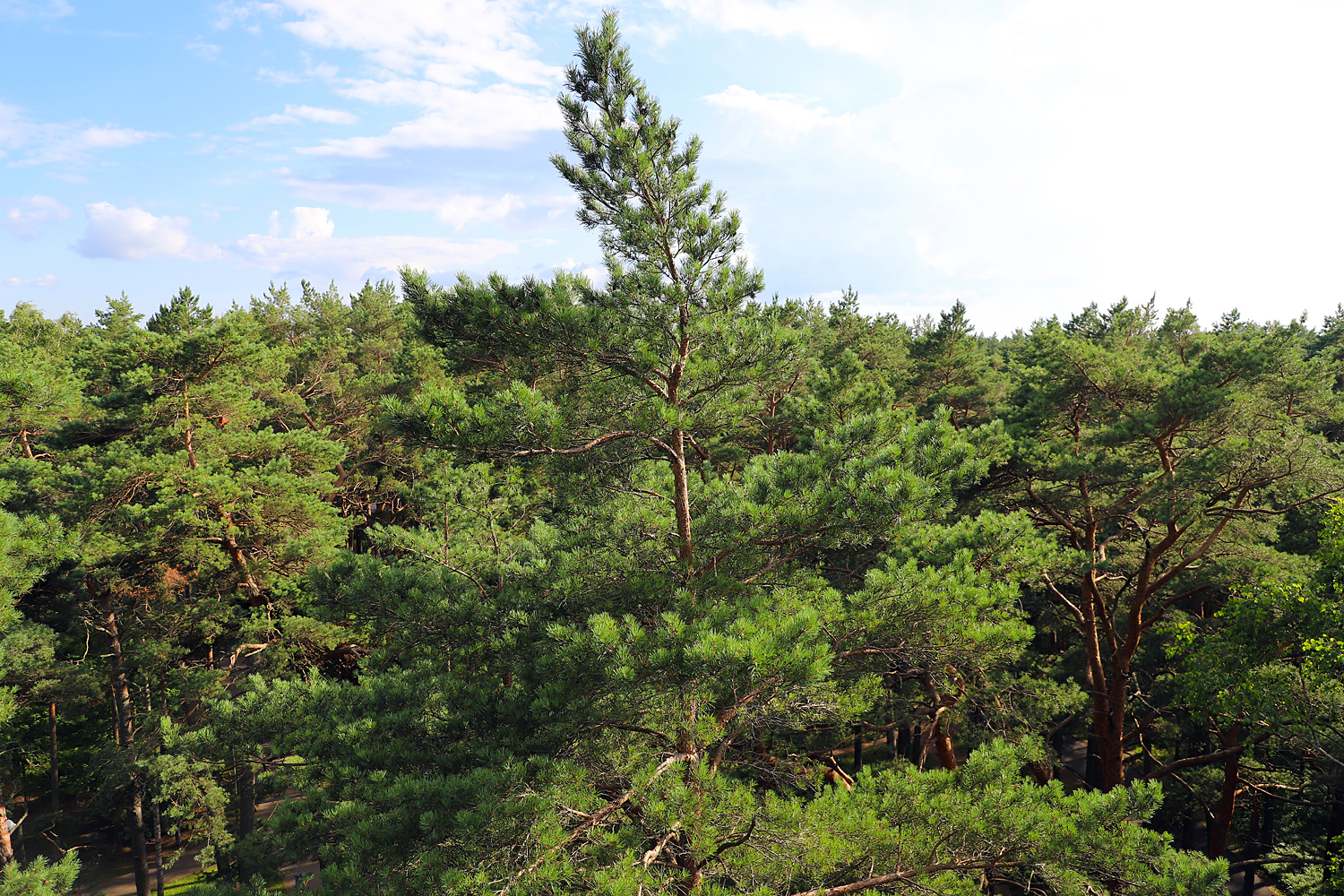
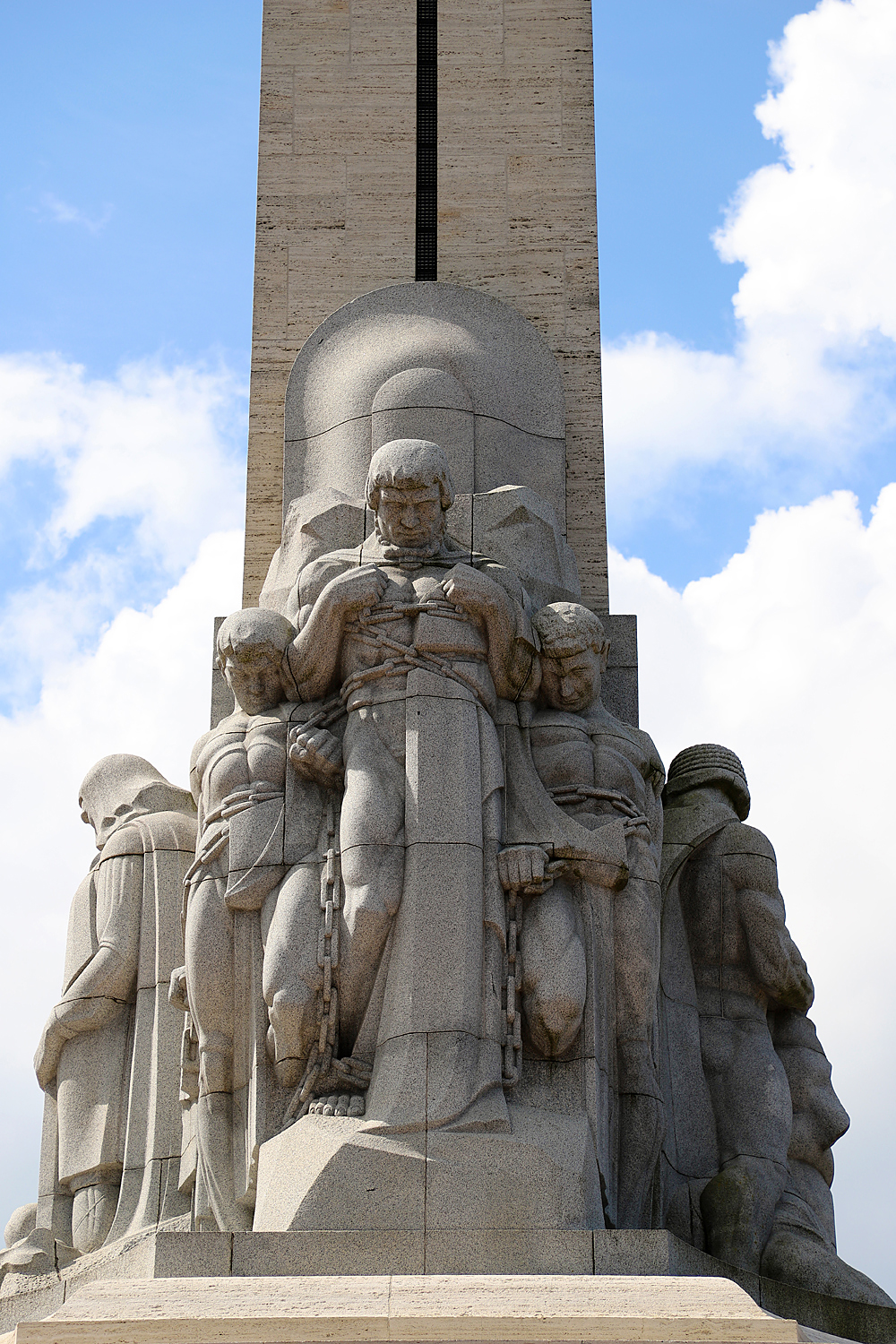
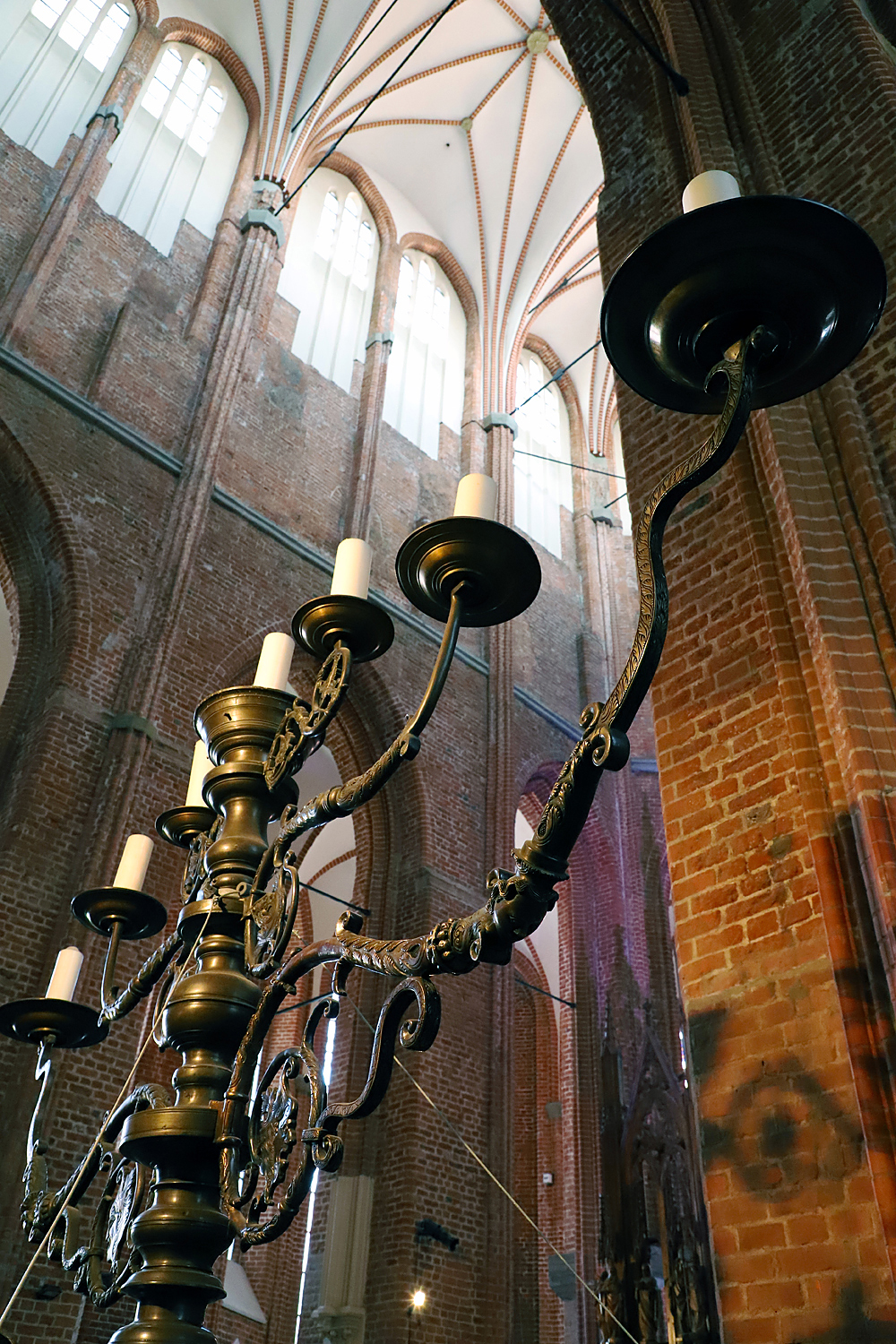
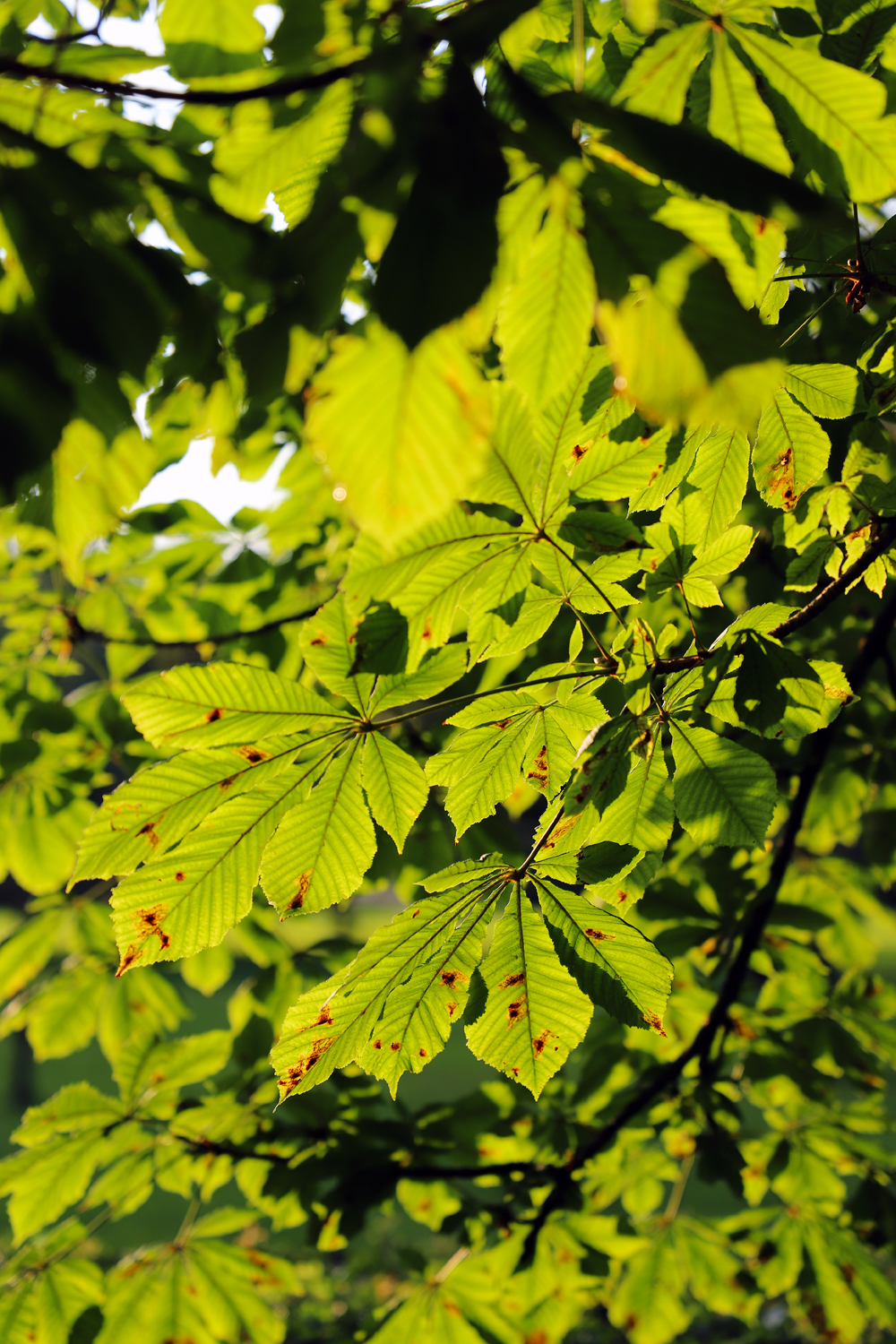
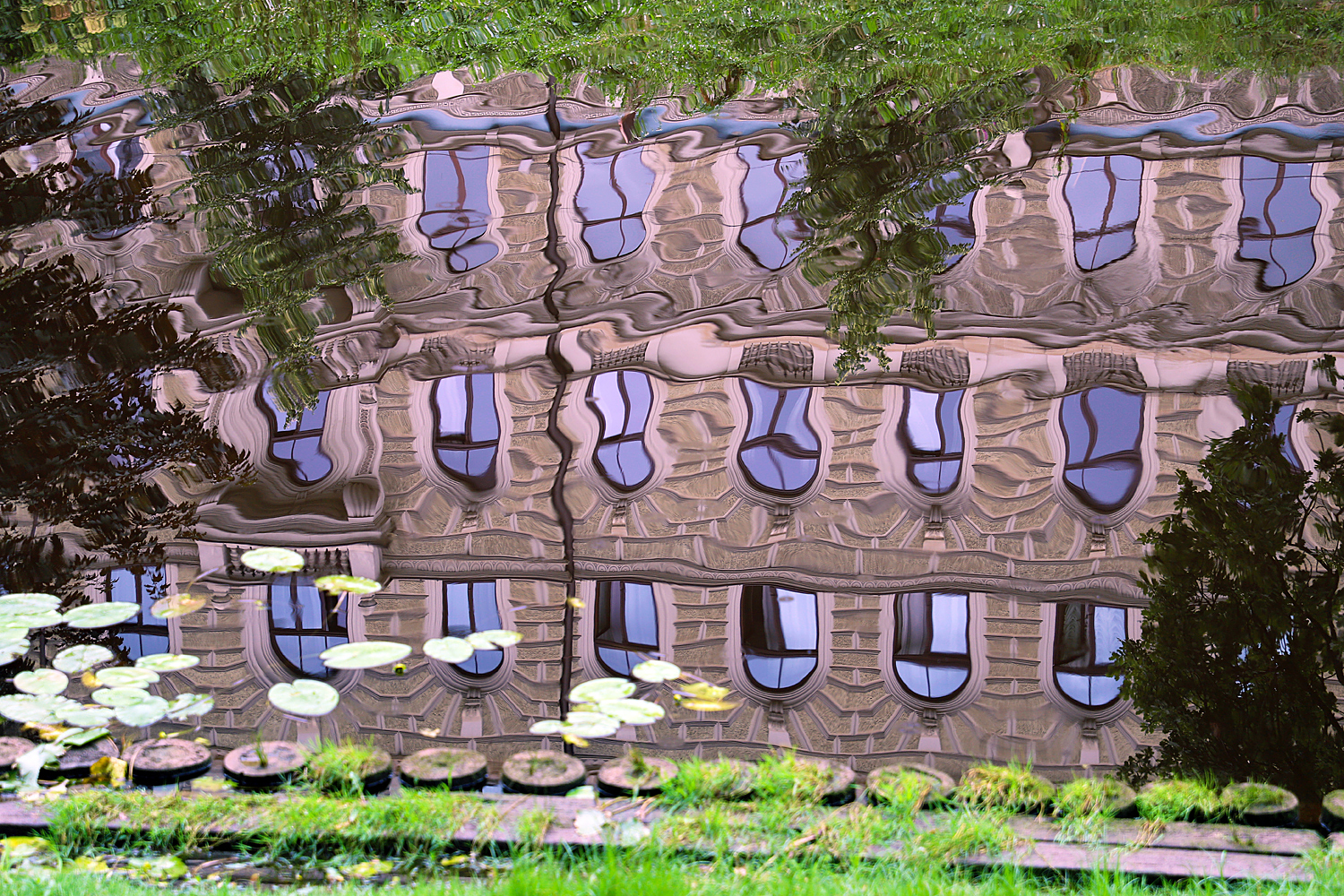

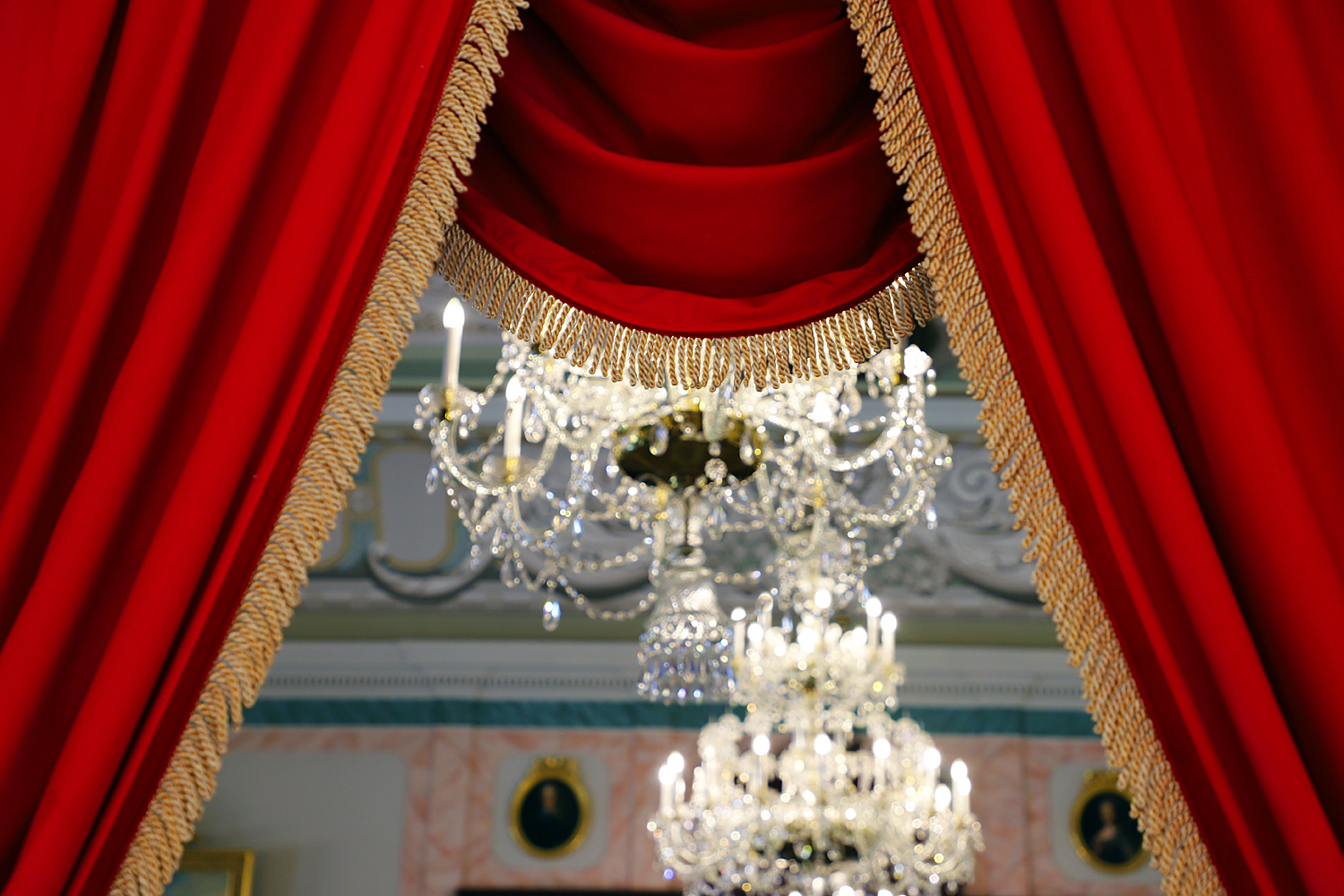
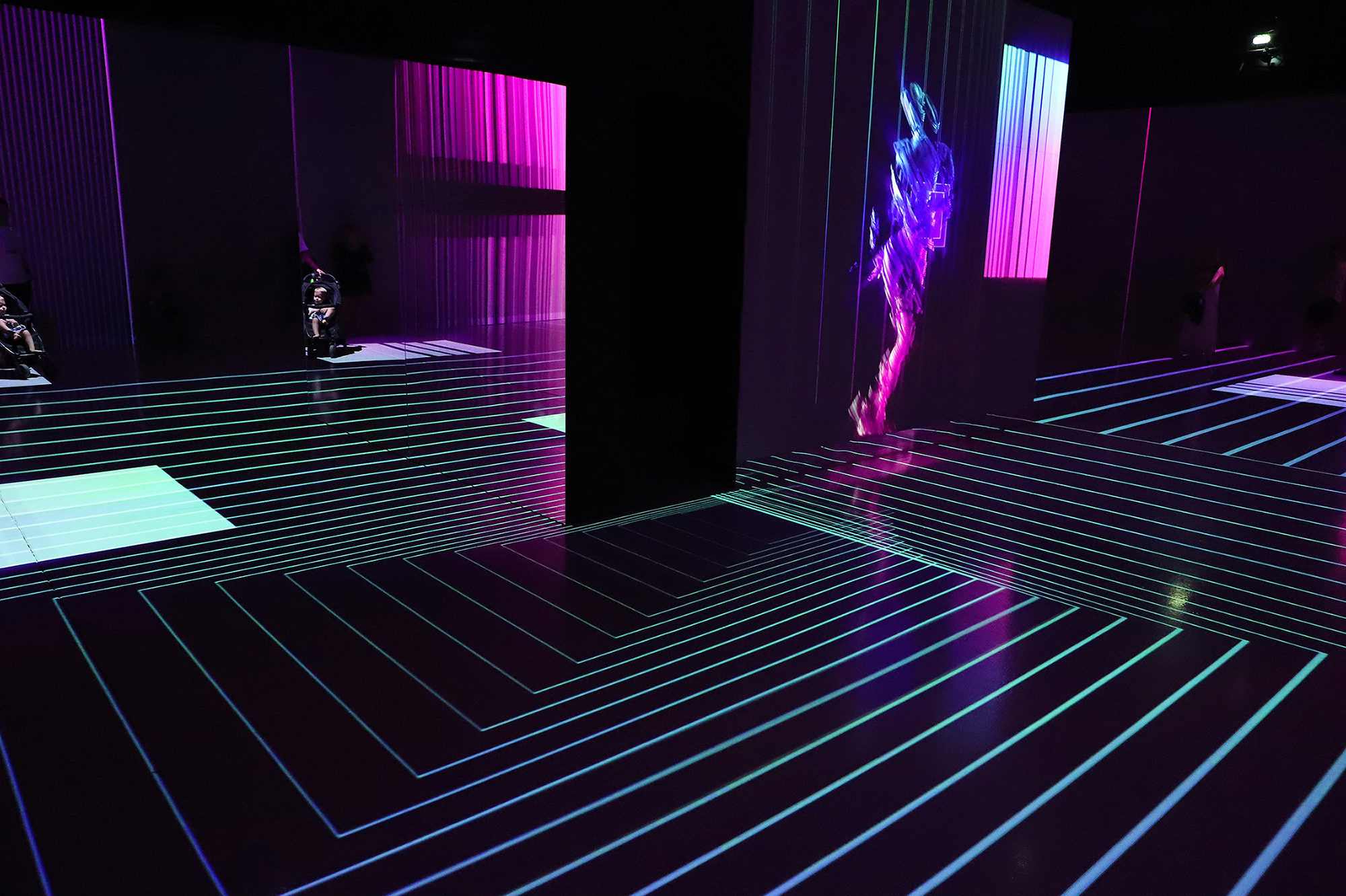




.JPG)




.JPG)
.JPG)
.JPG)

.JPG)
.JPG)

.JPG)

.JPG)


.JPG)
%20(1).jpg)



.jpg)



.jpg)
.JPG)
.JPG)


.JPG)
.JPG)
.JPG)
.jpg)
.JPG)


.JPG)
.JPG)


.JPG)
.jpg)
.JPG)
.jpg)
.jpg)
.jpg)
.JPG)
.JPG)
.jpg)

